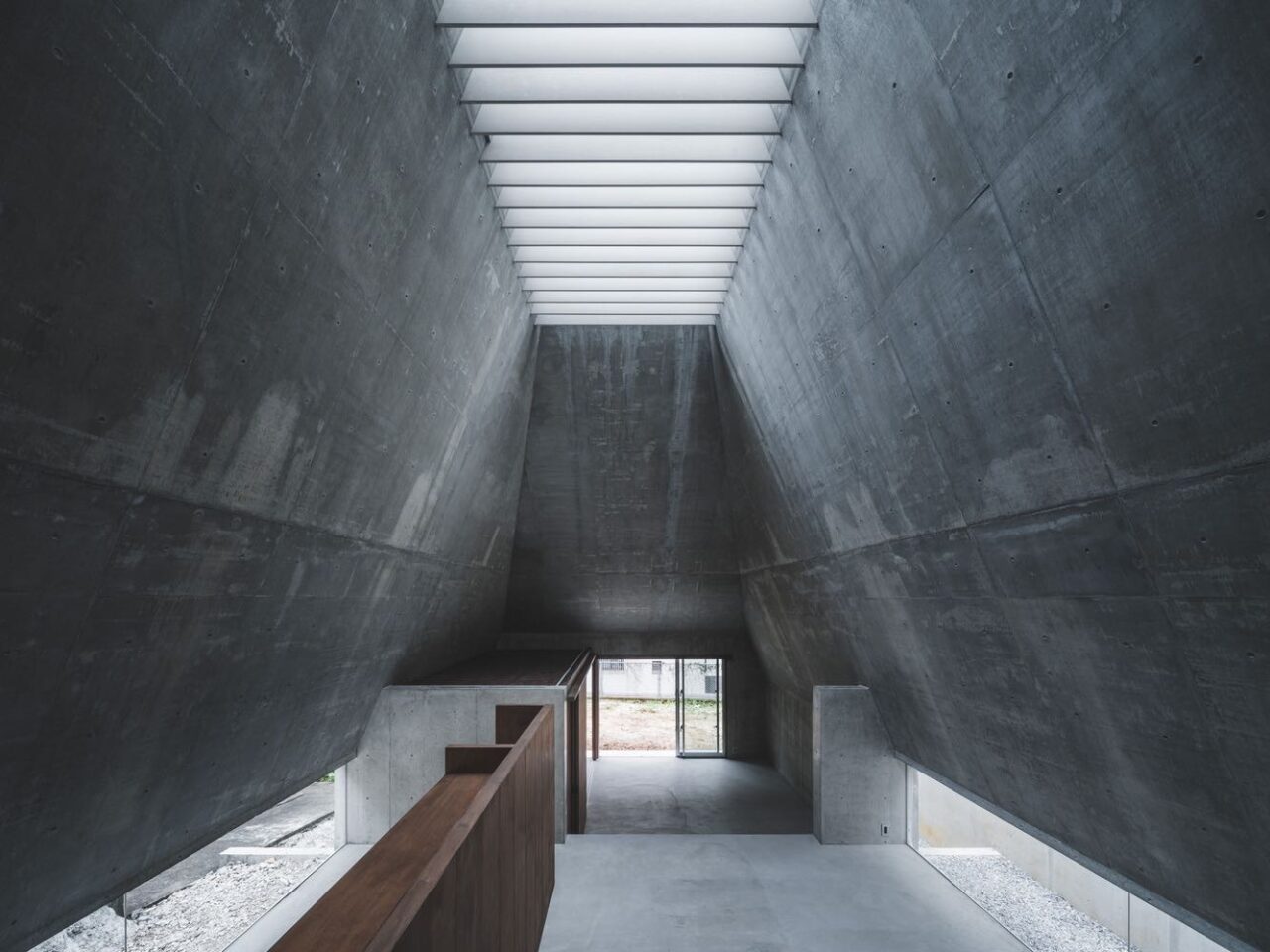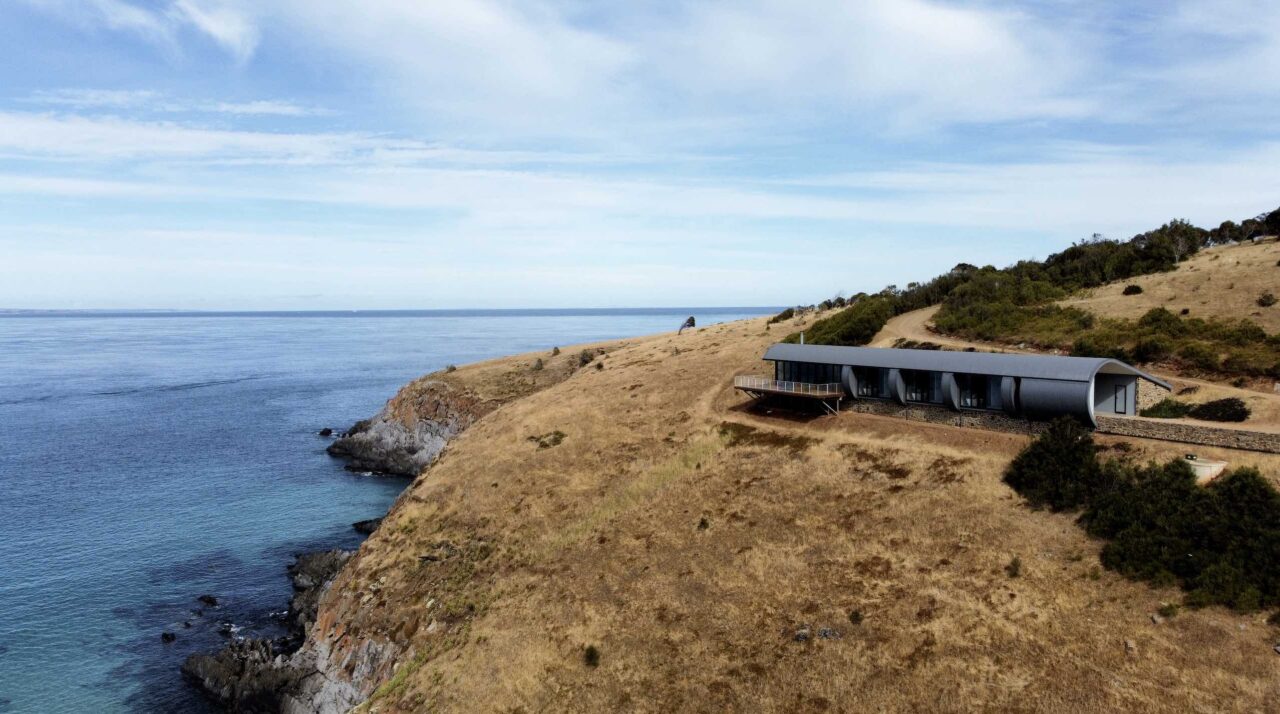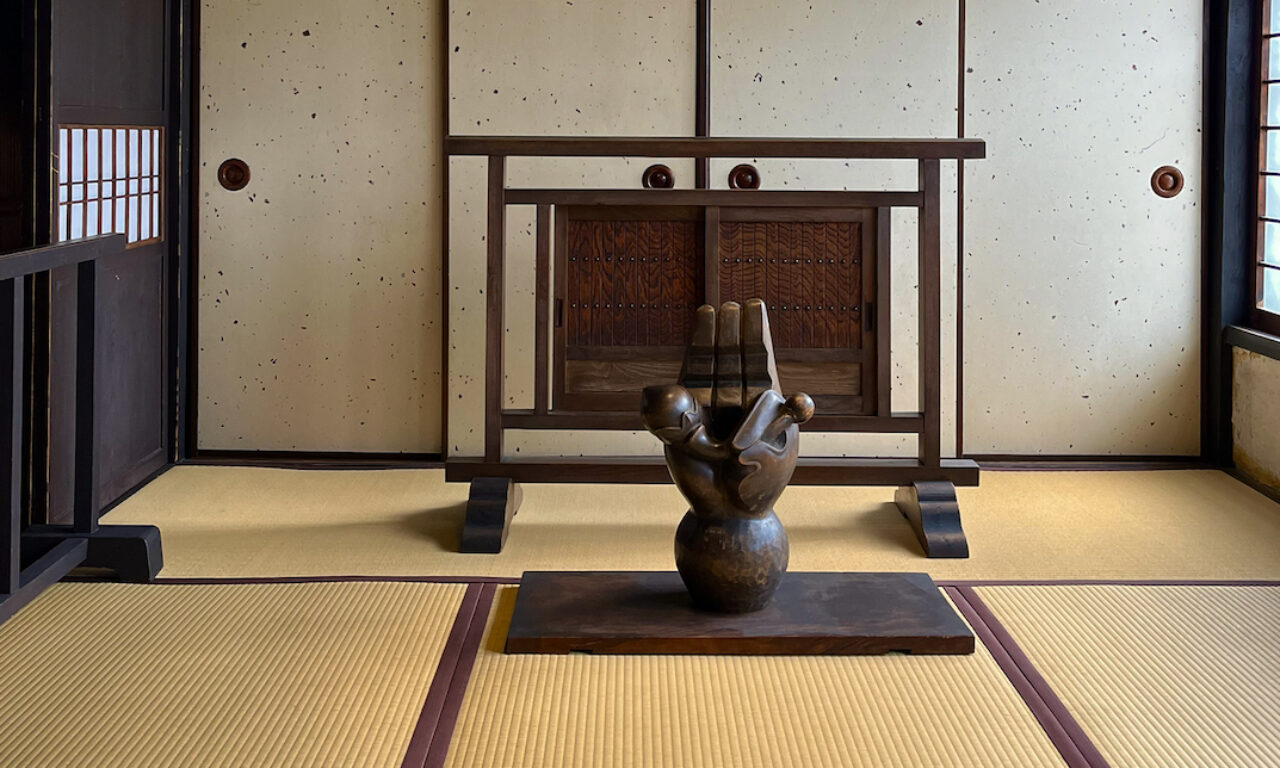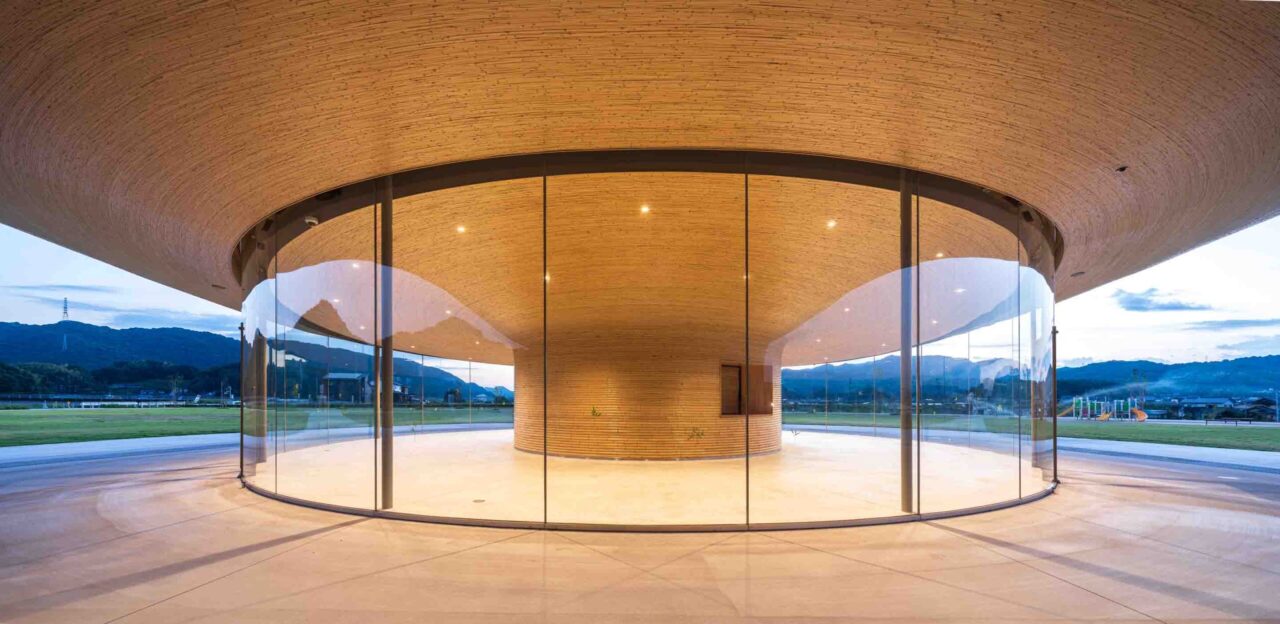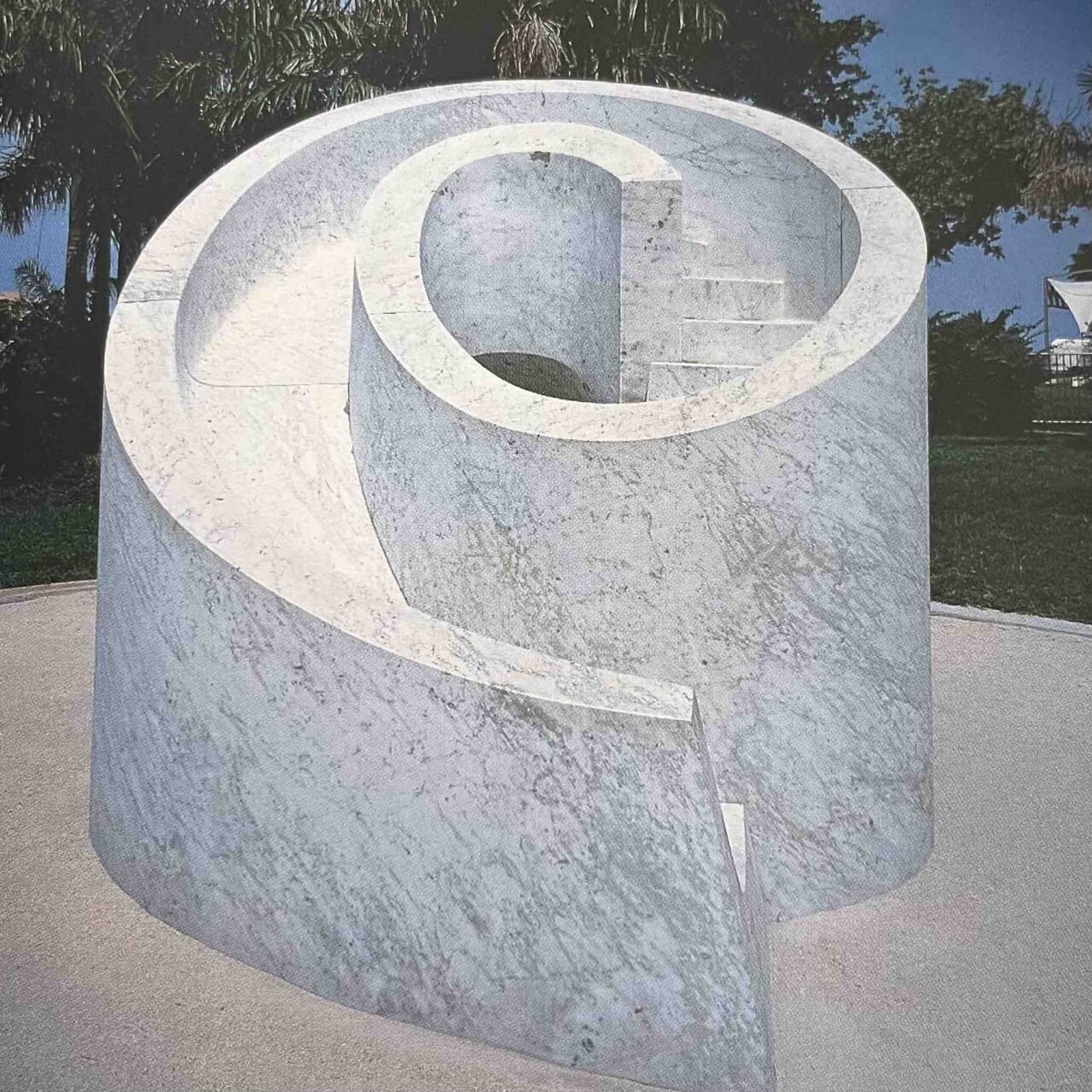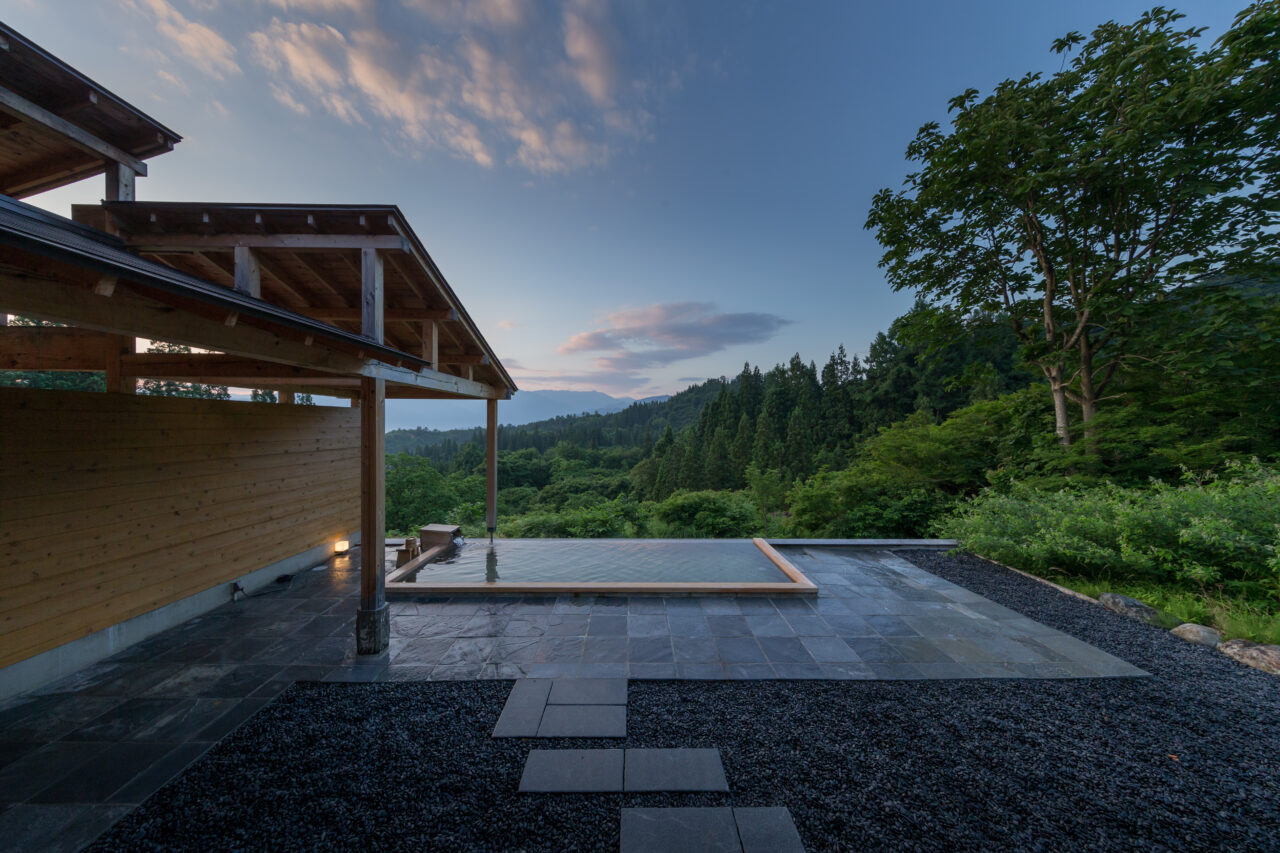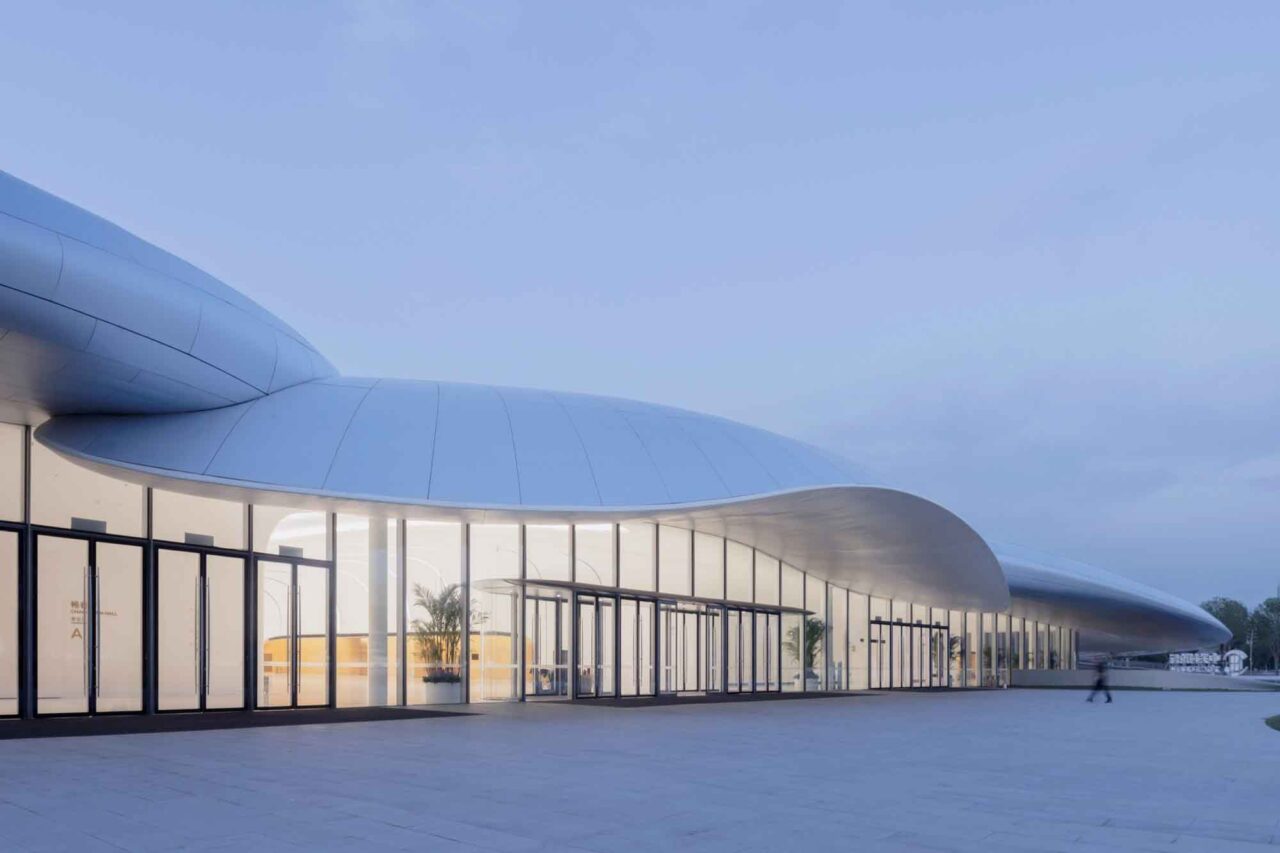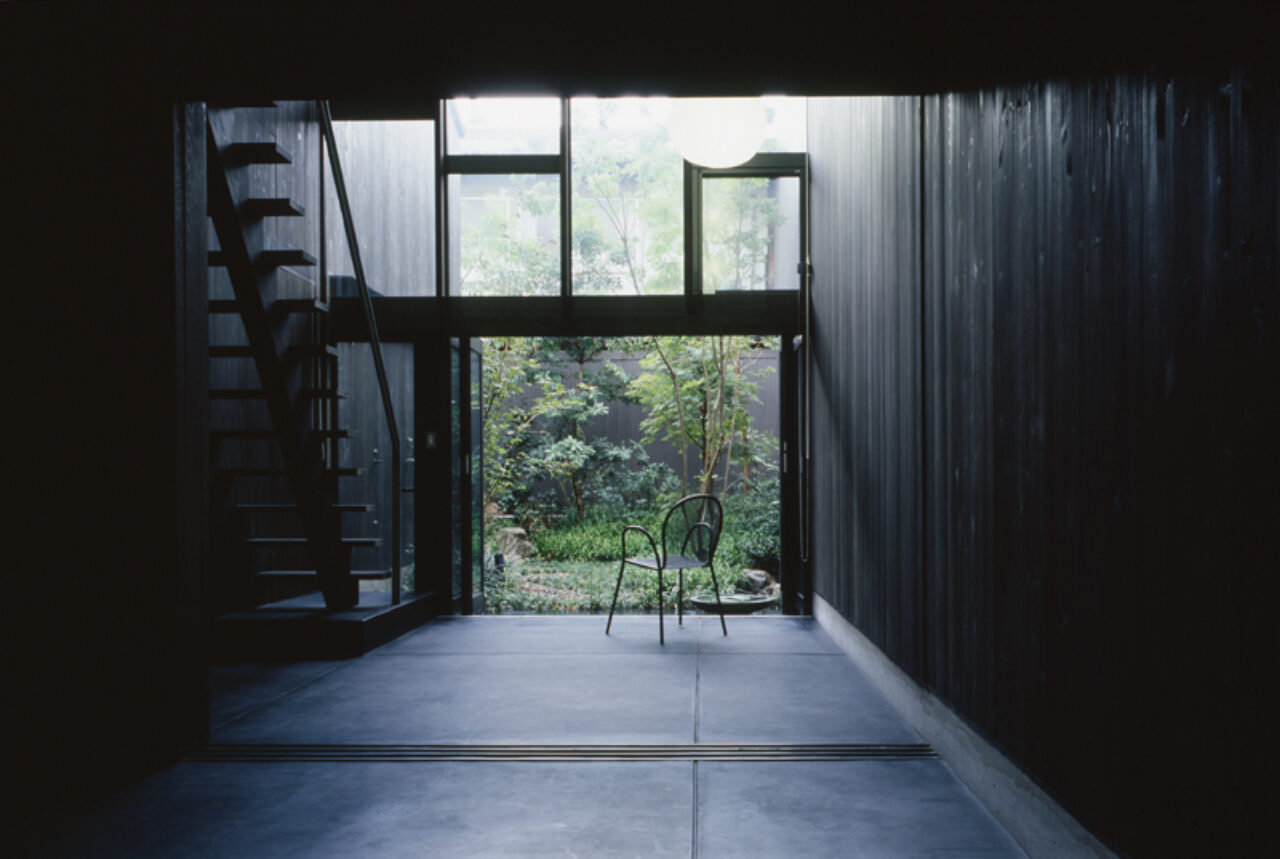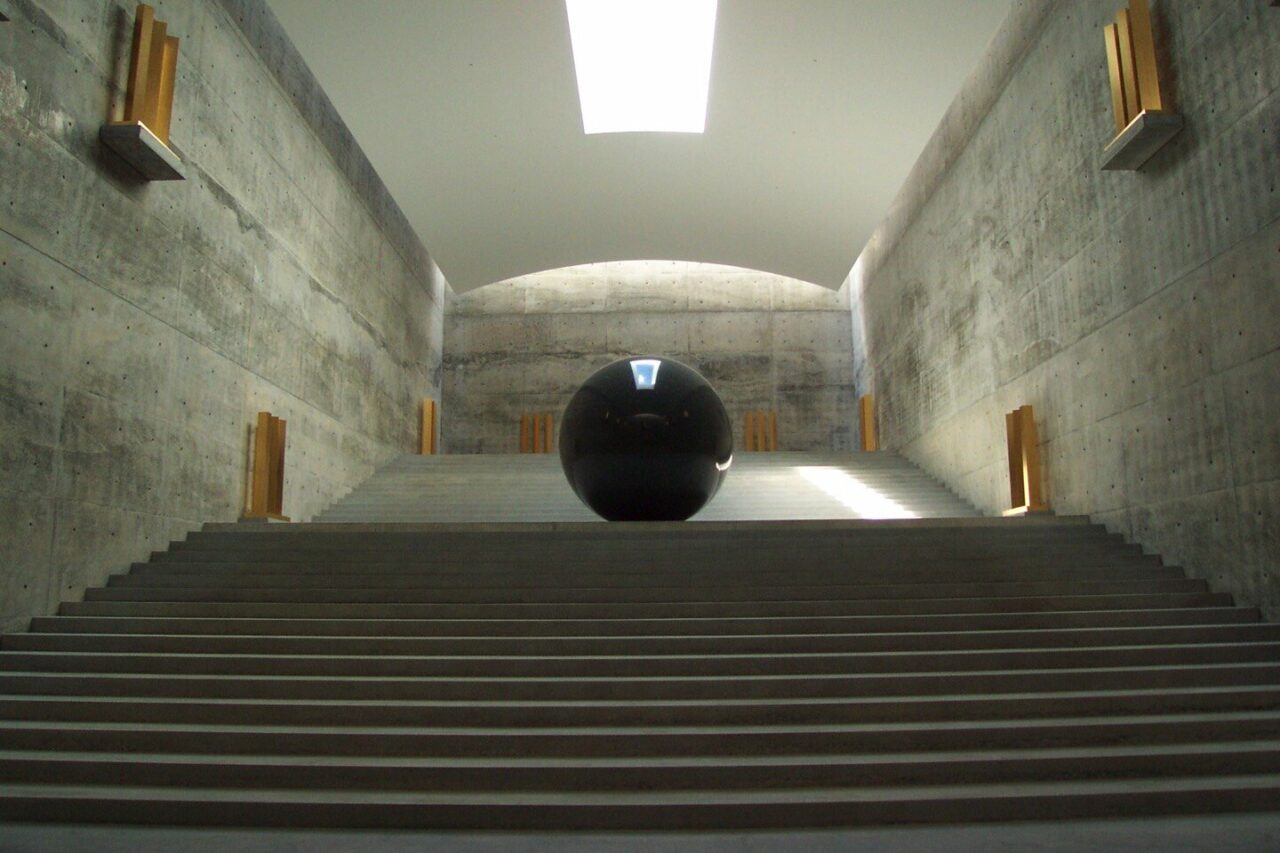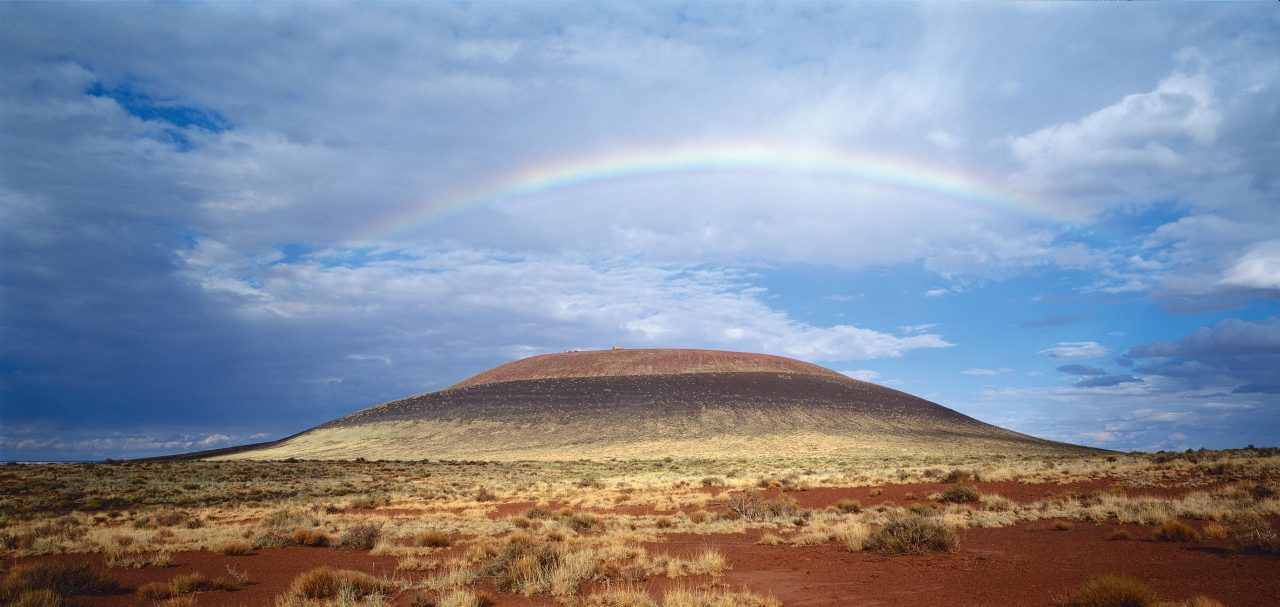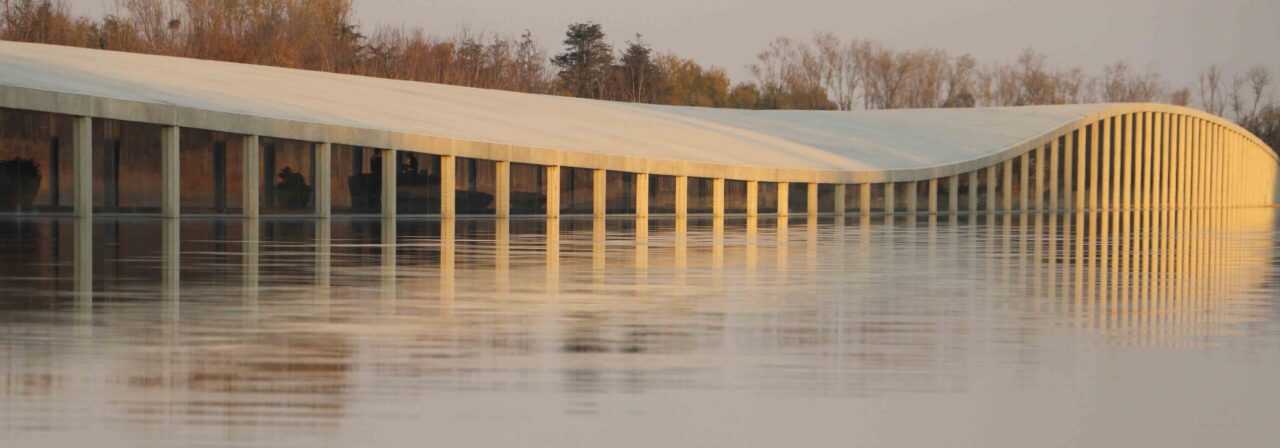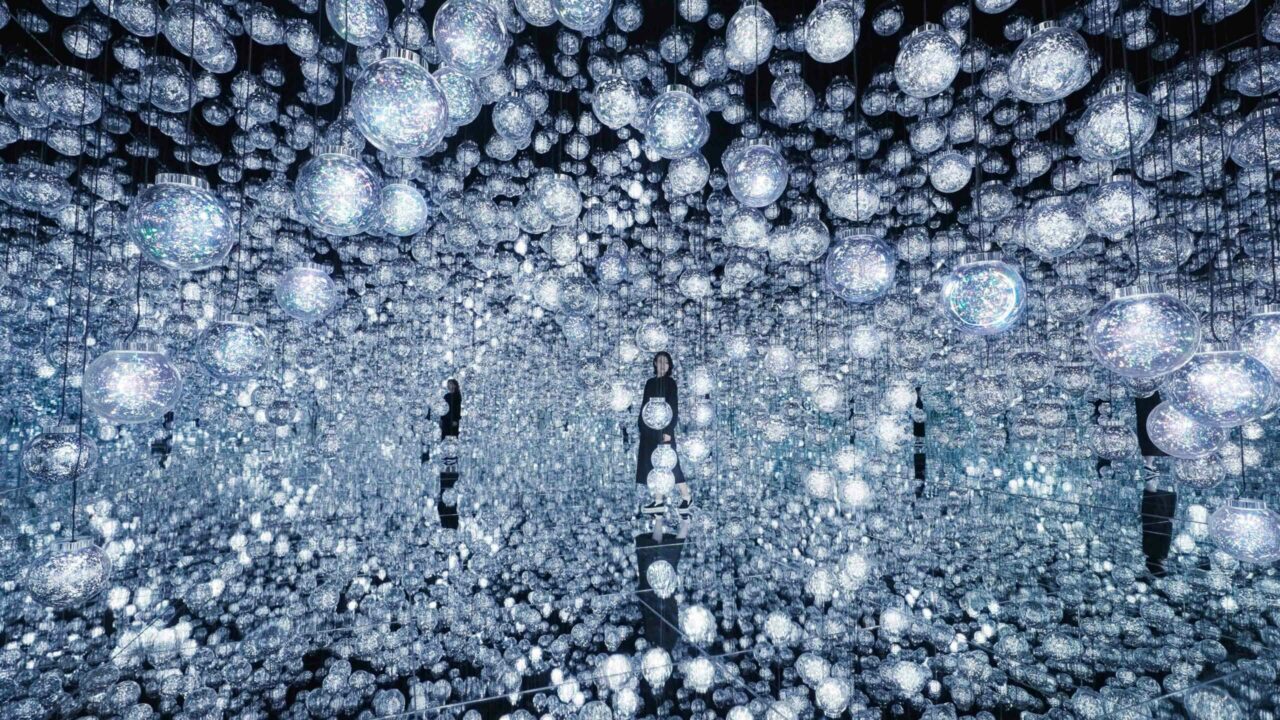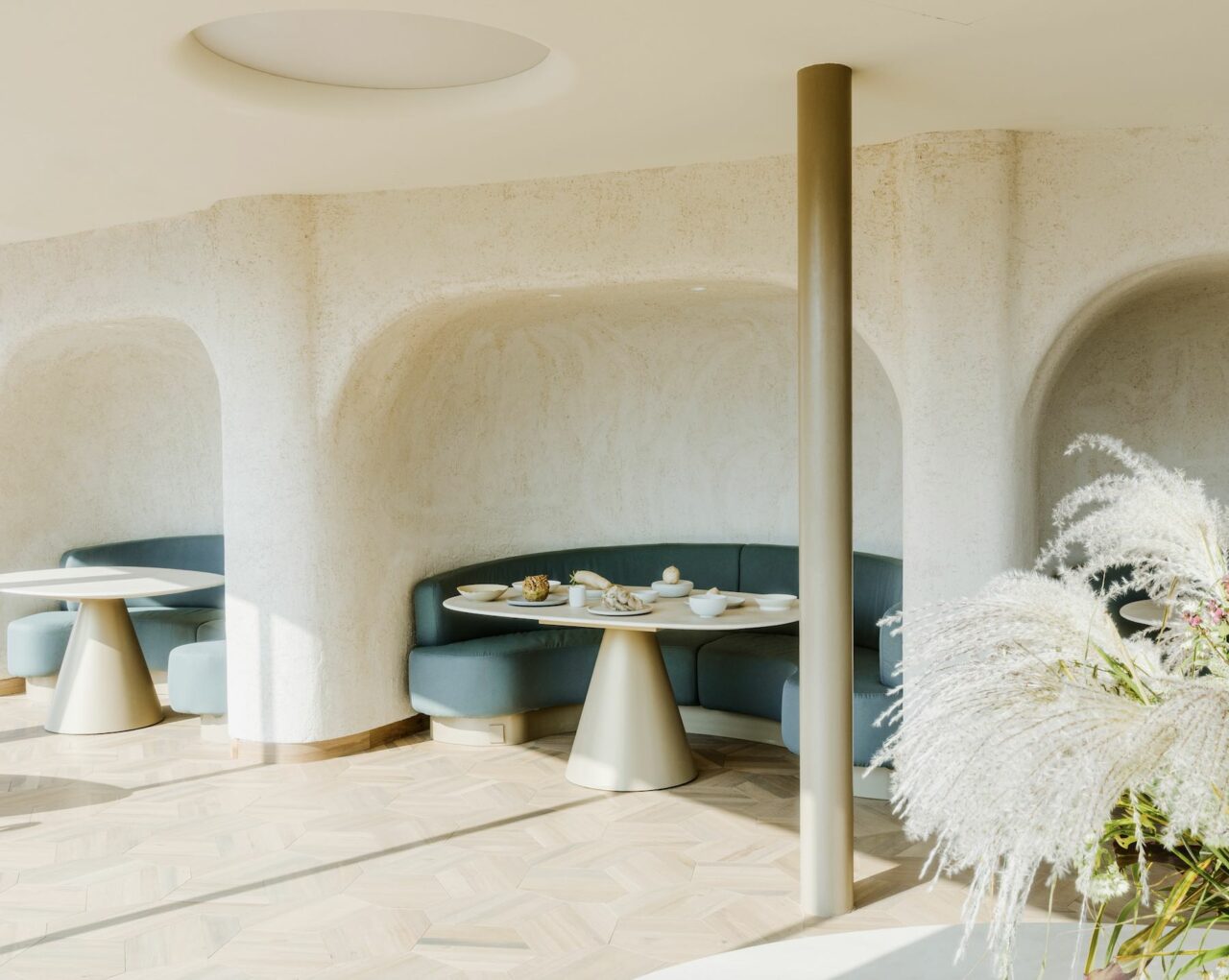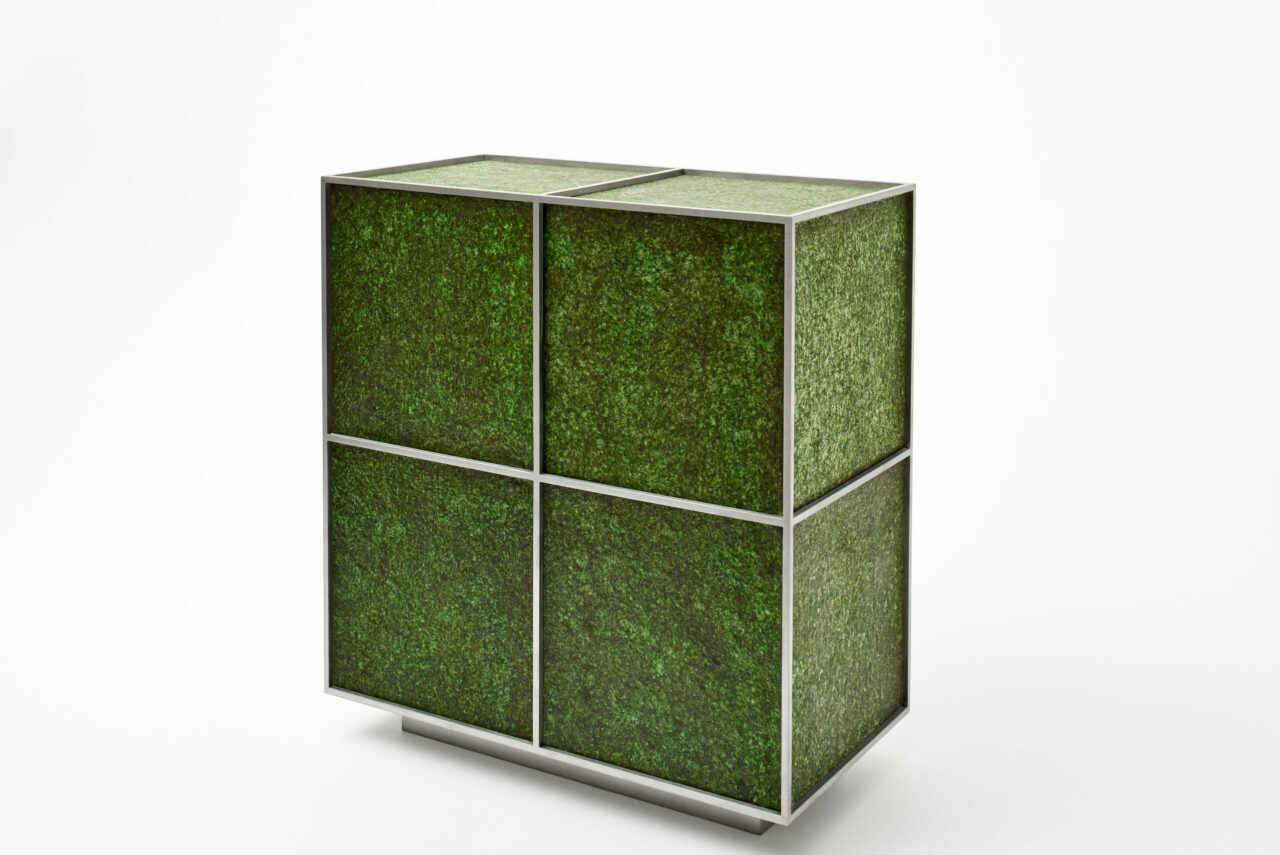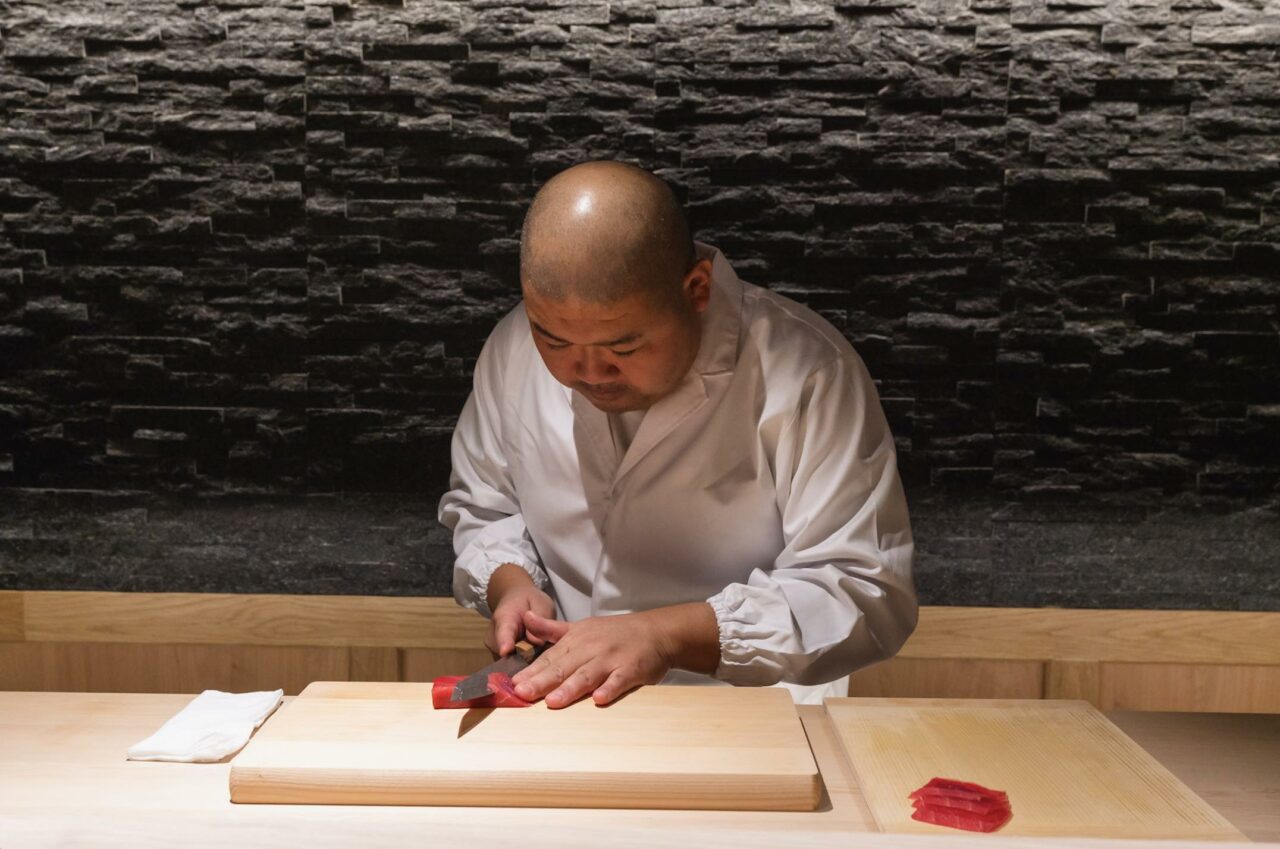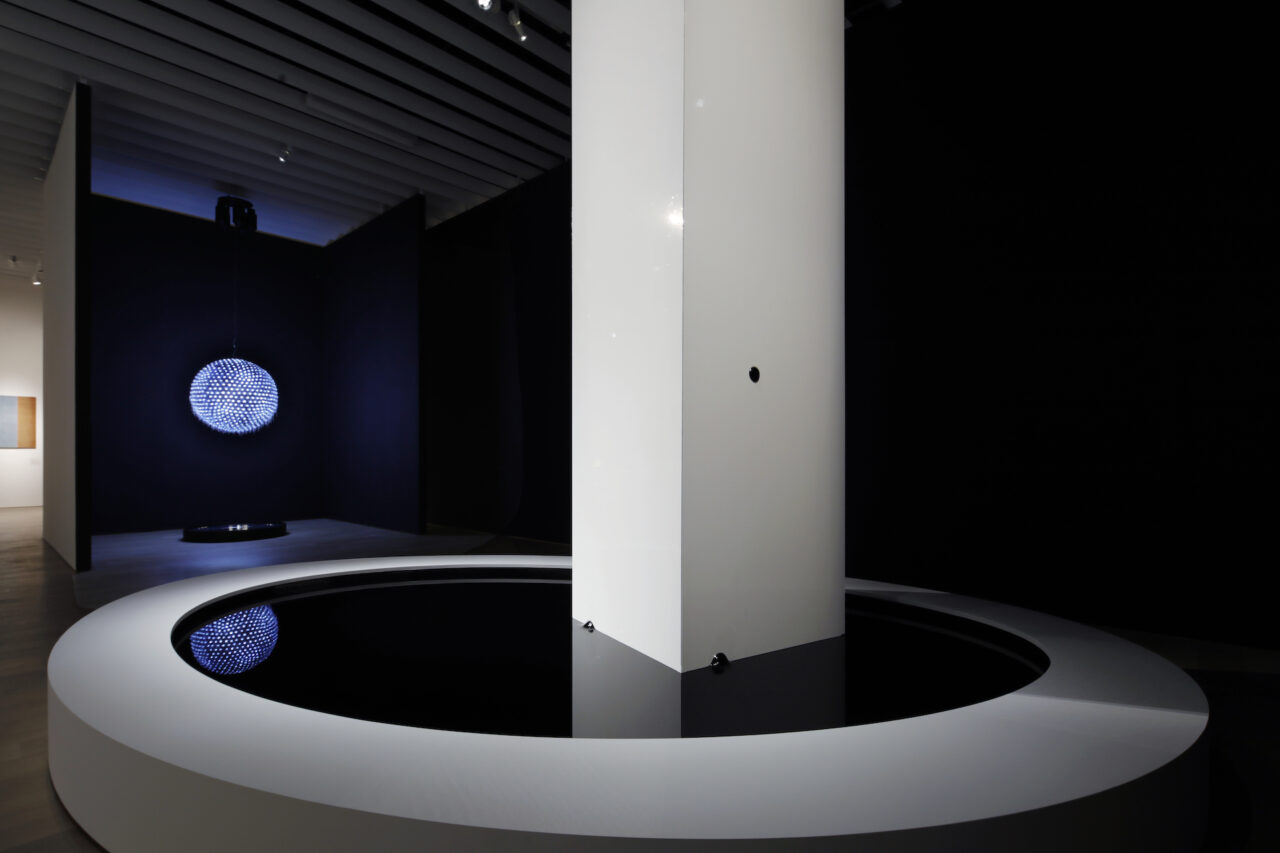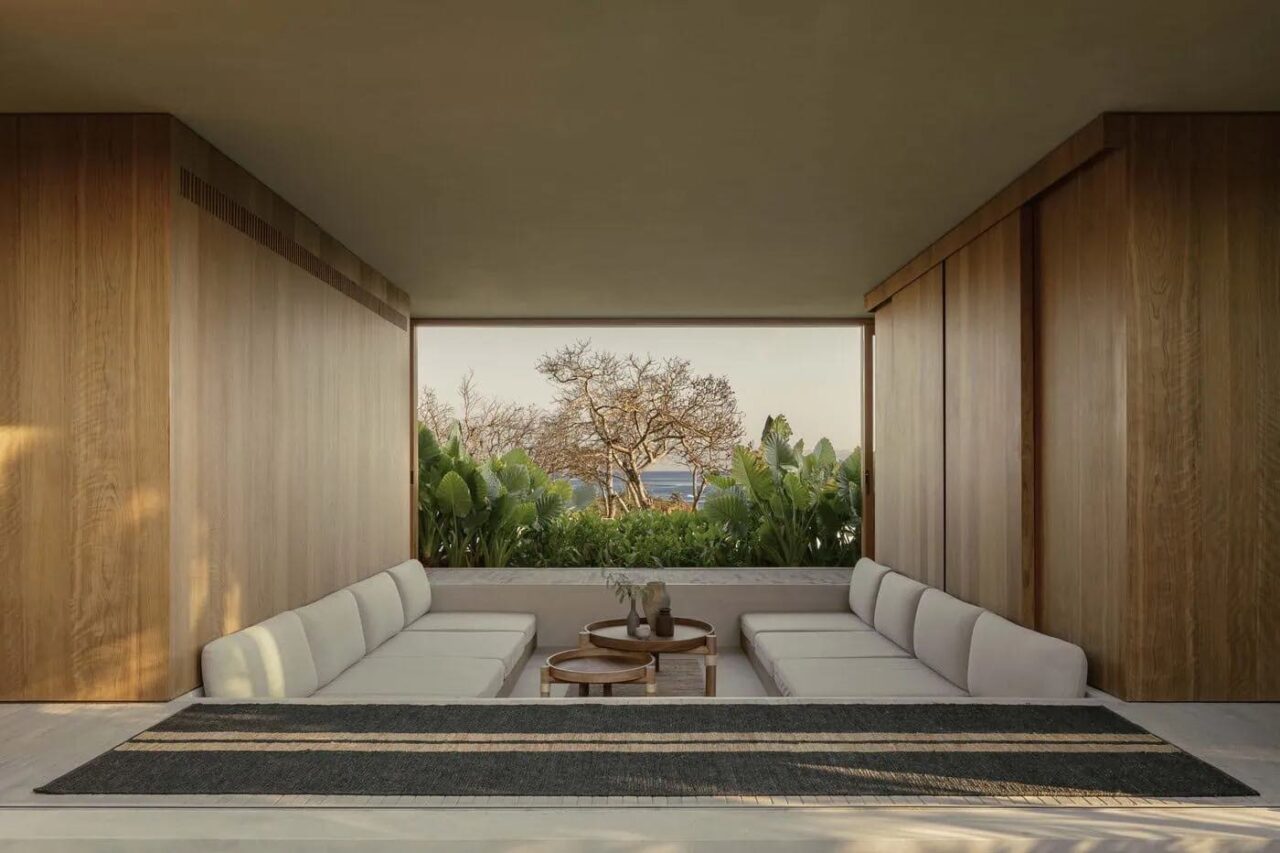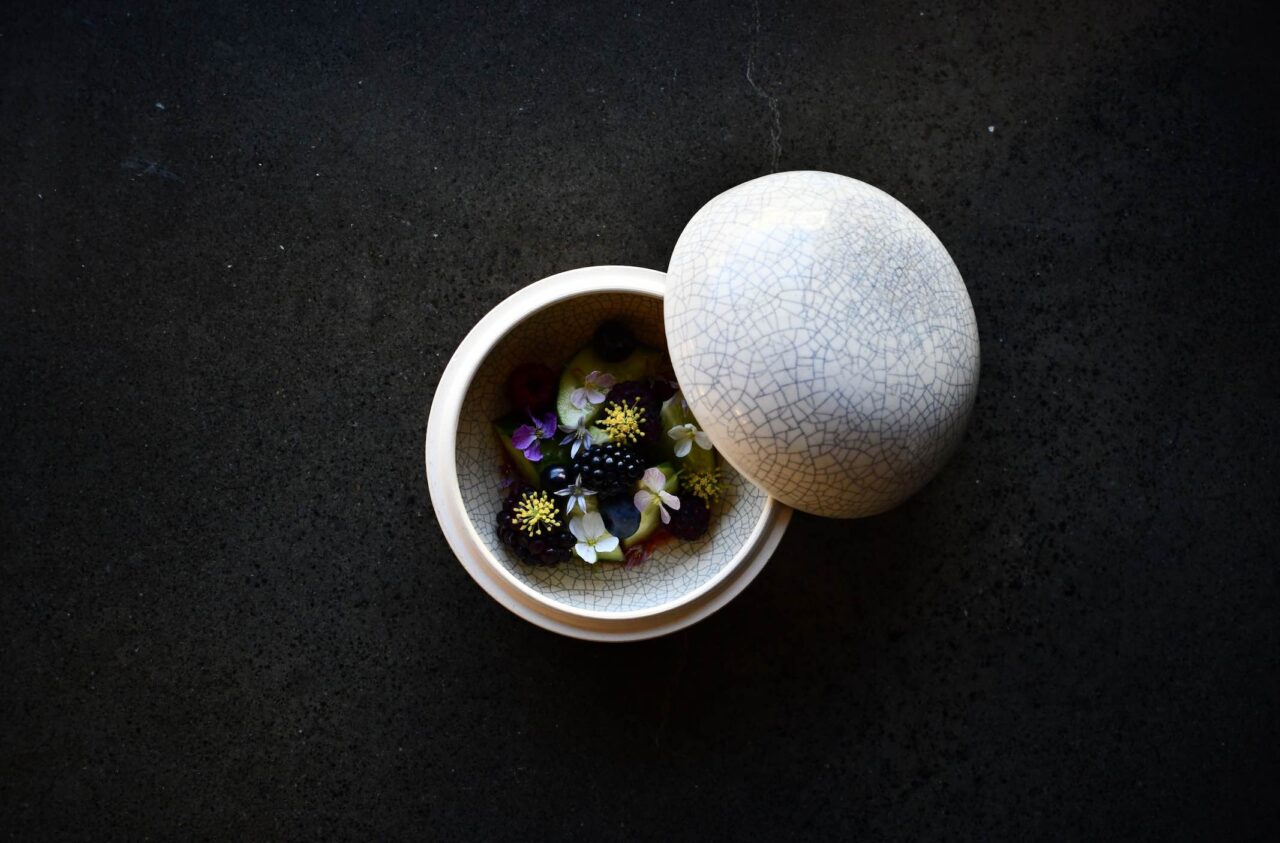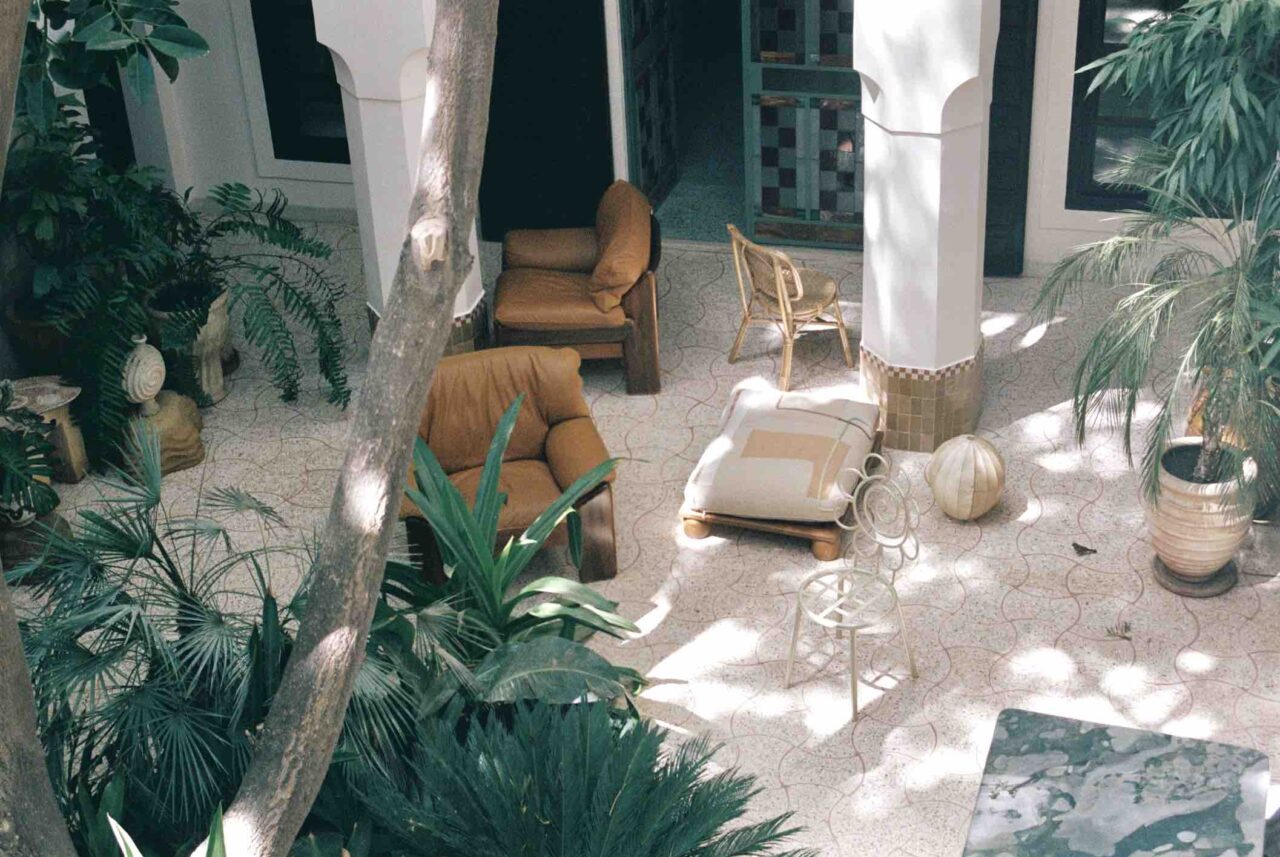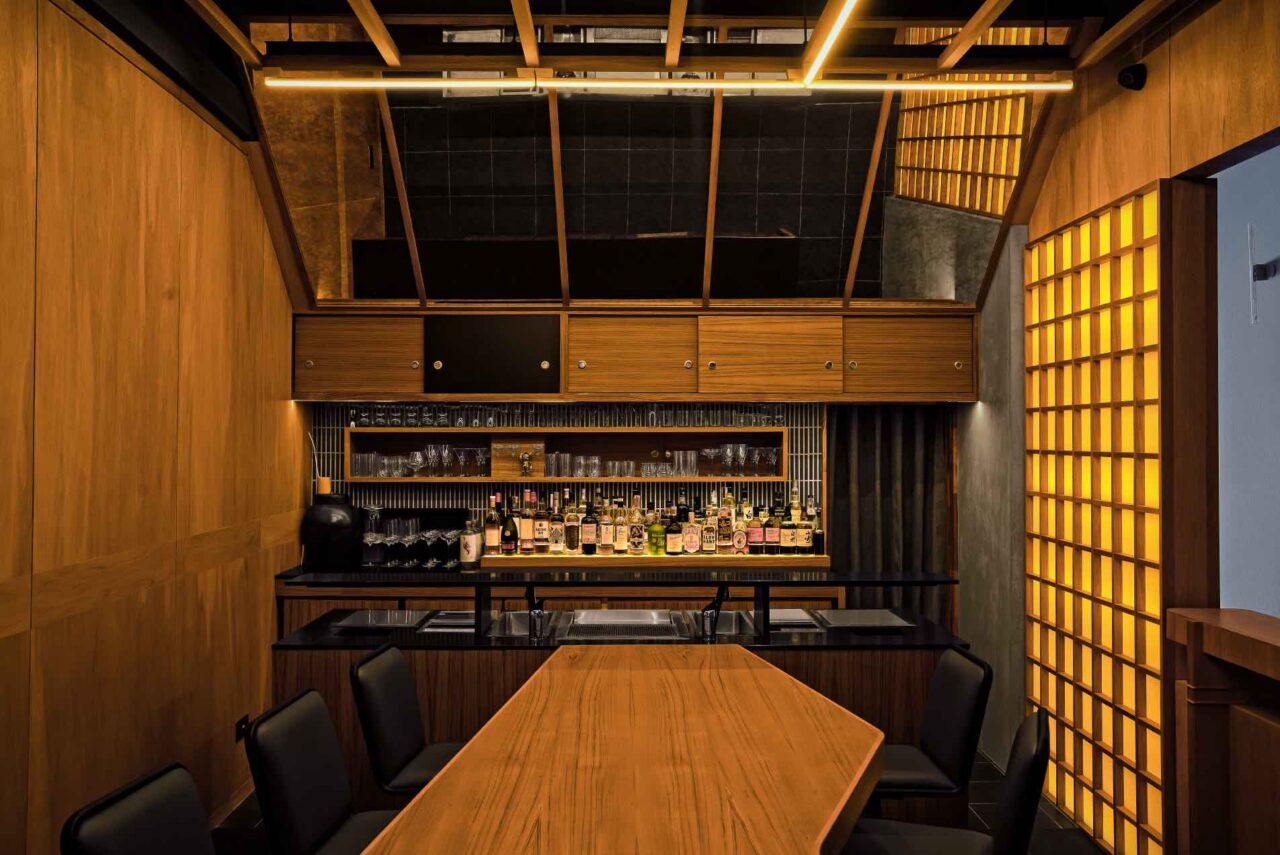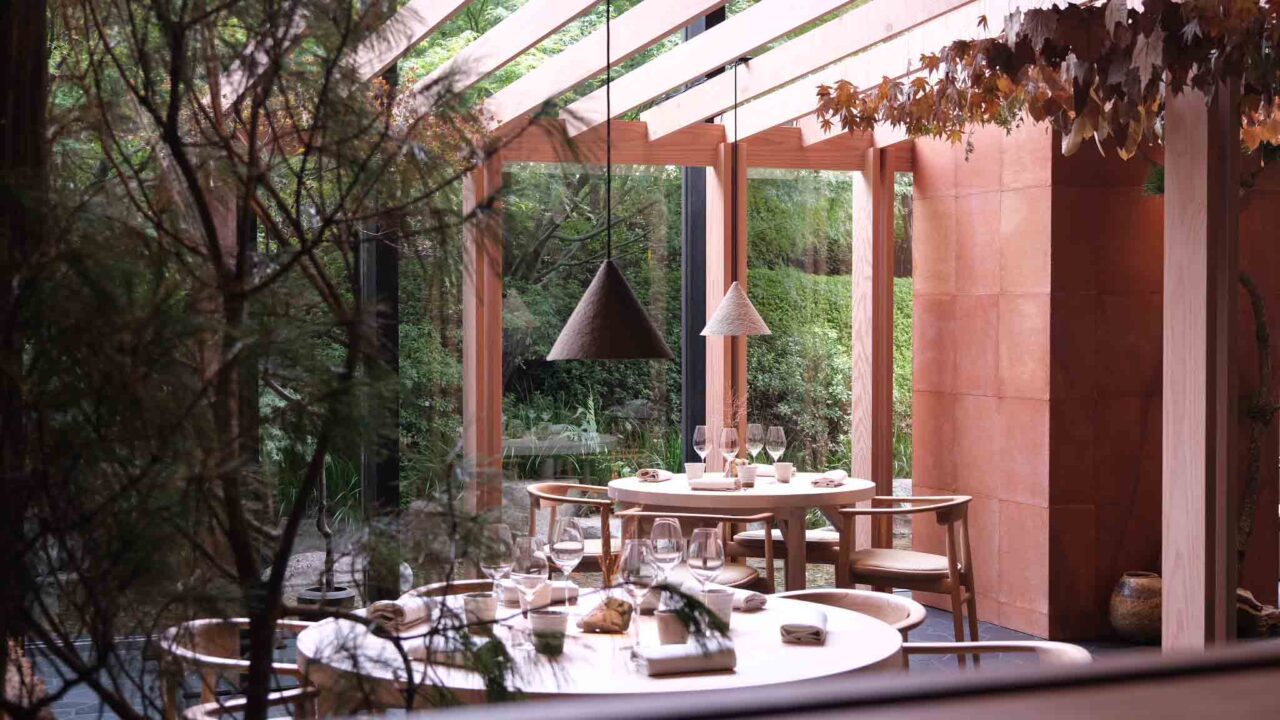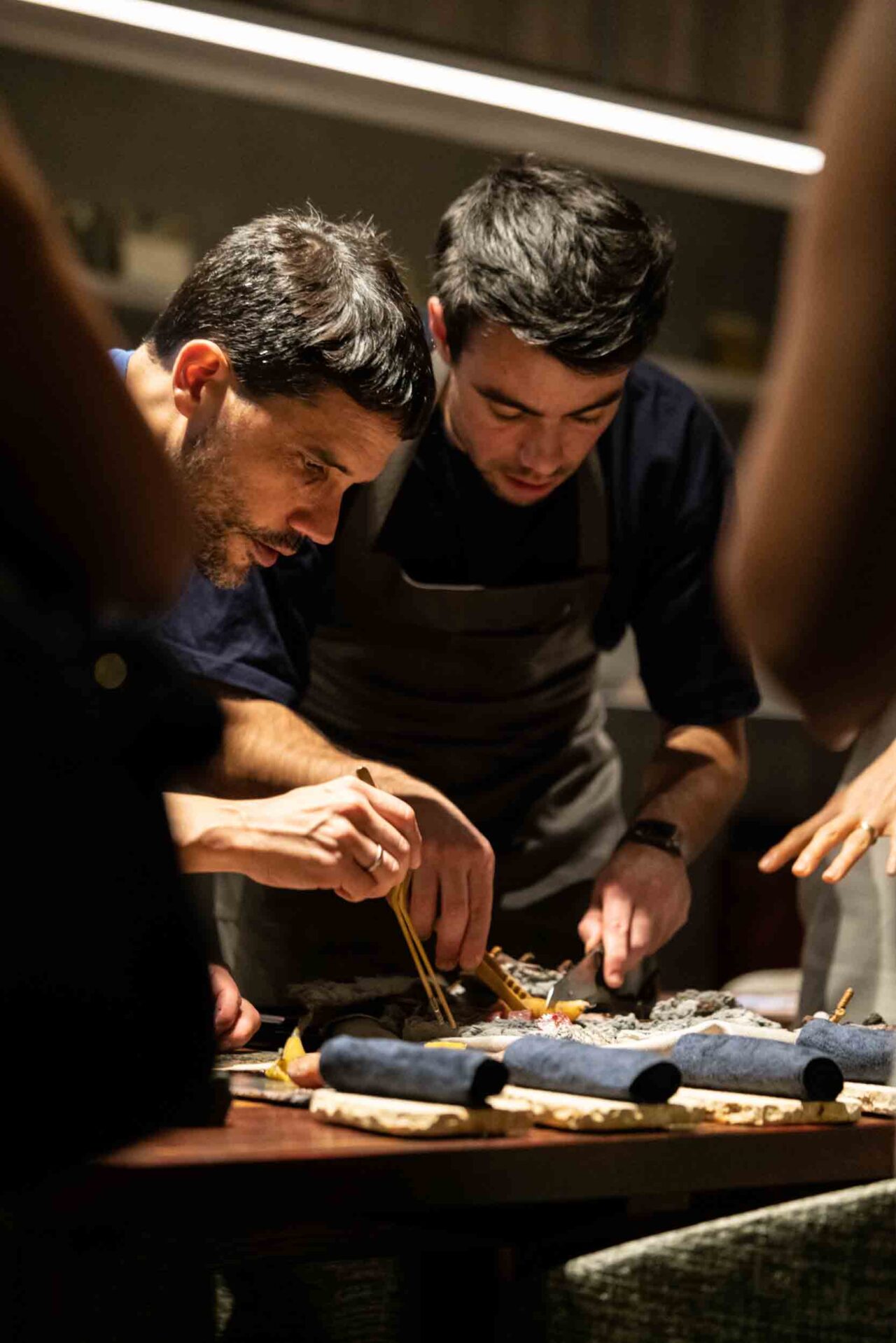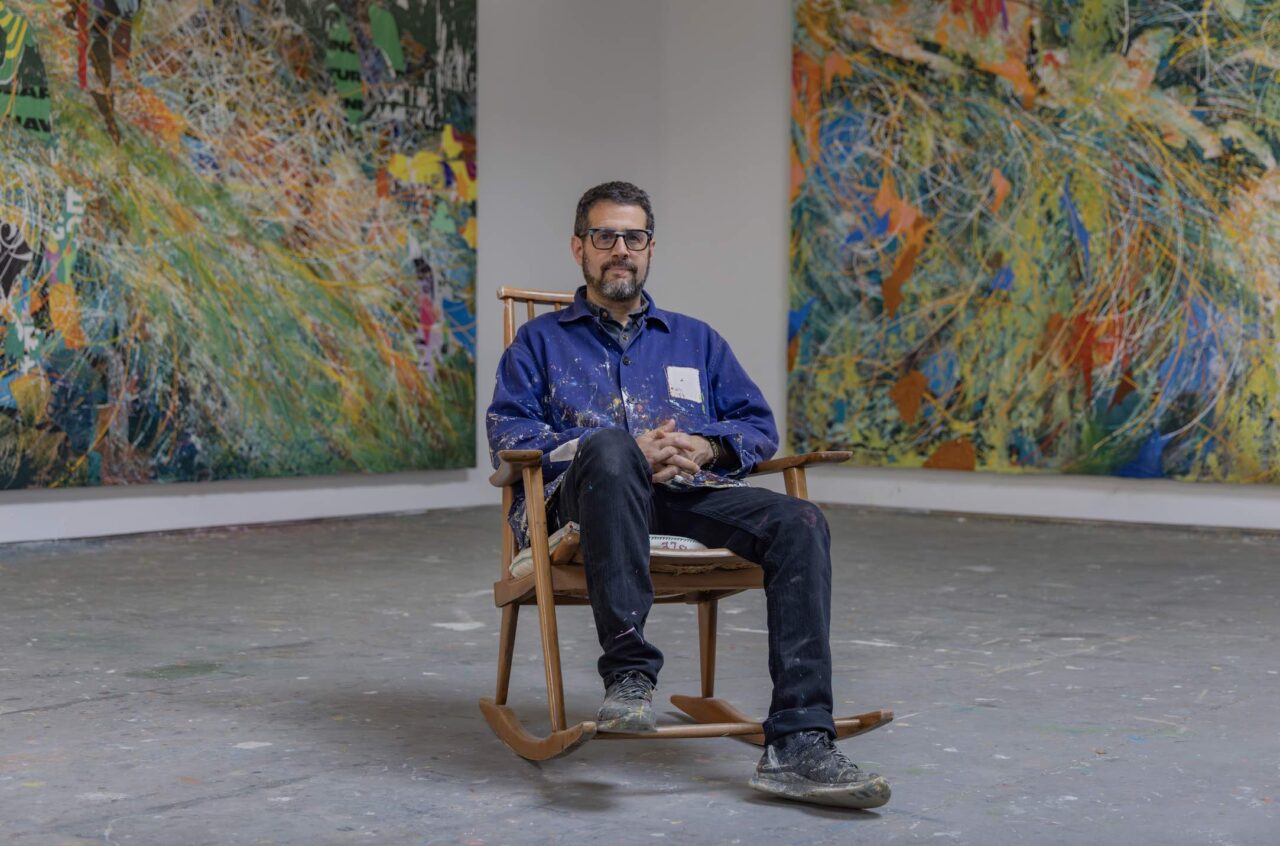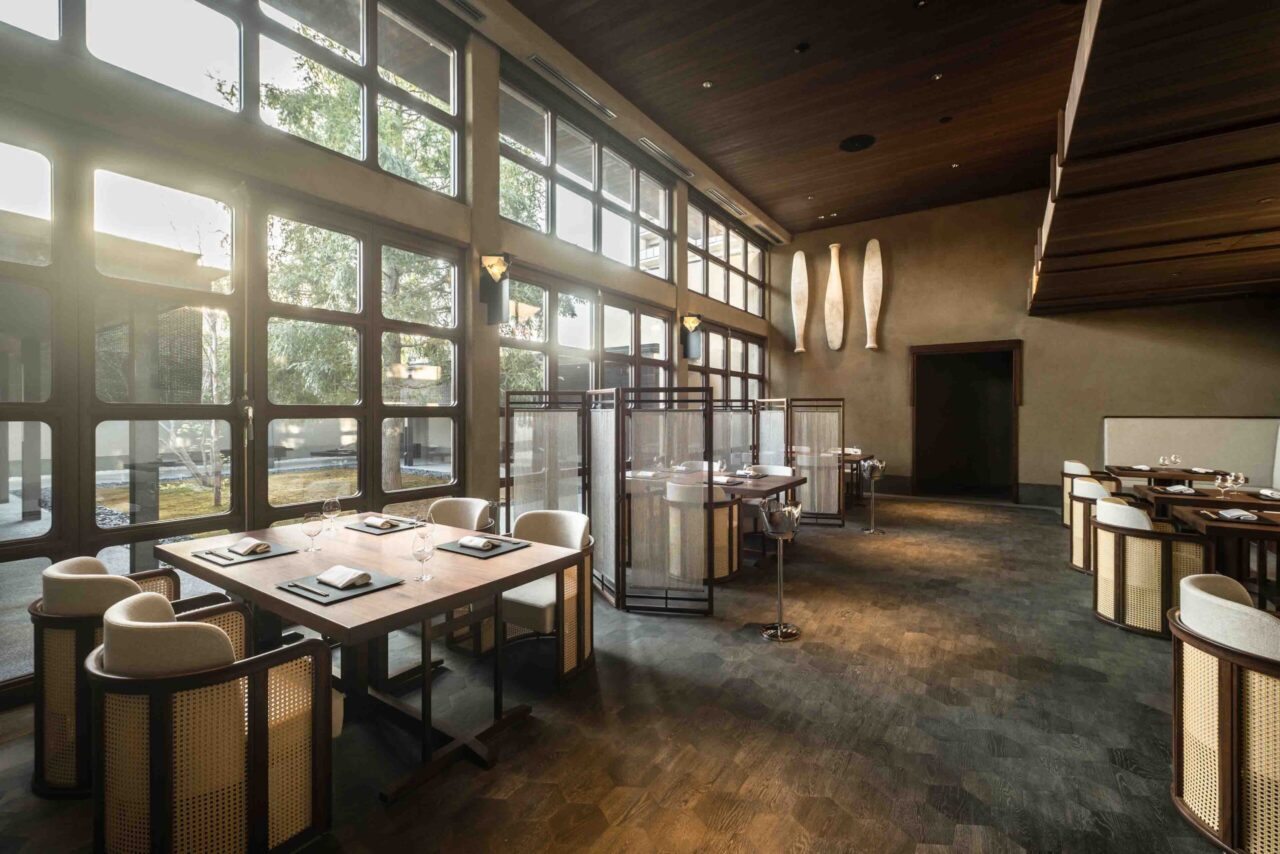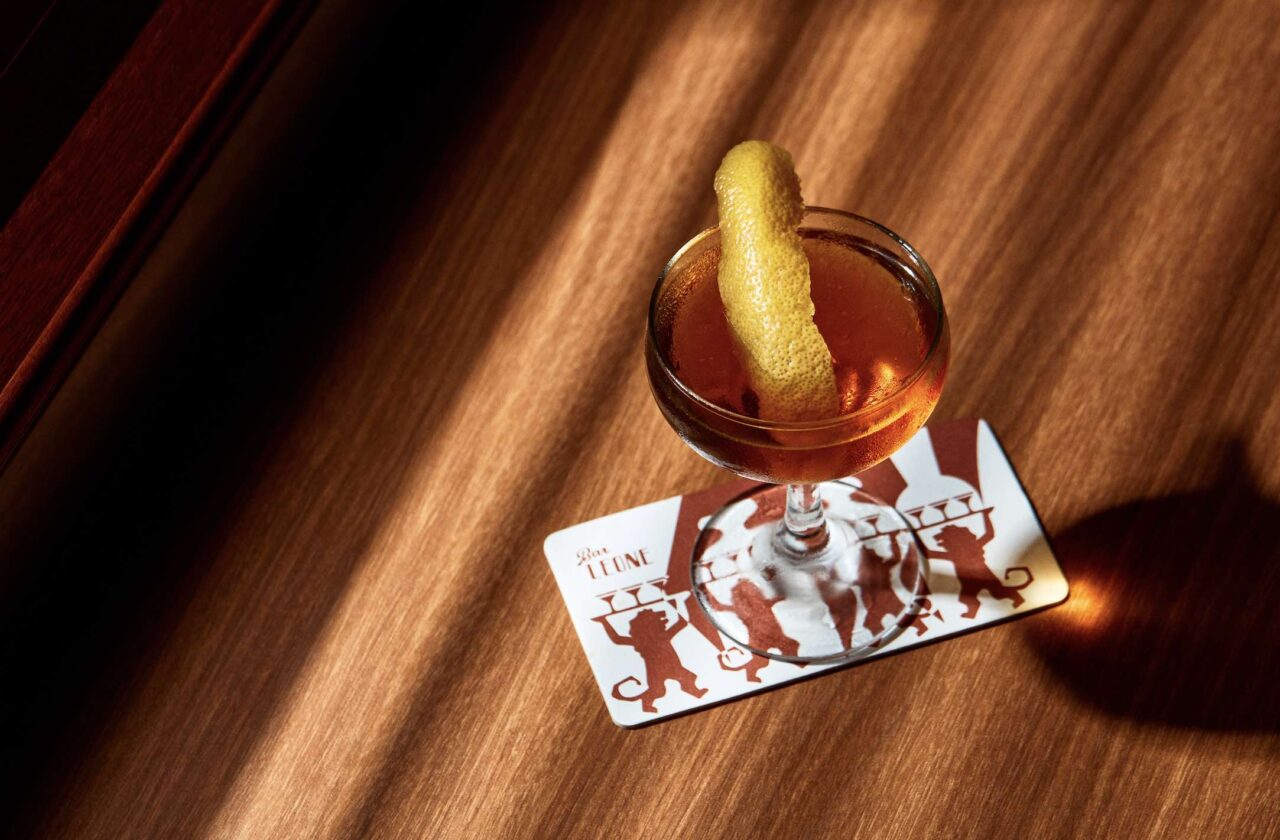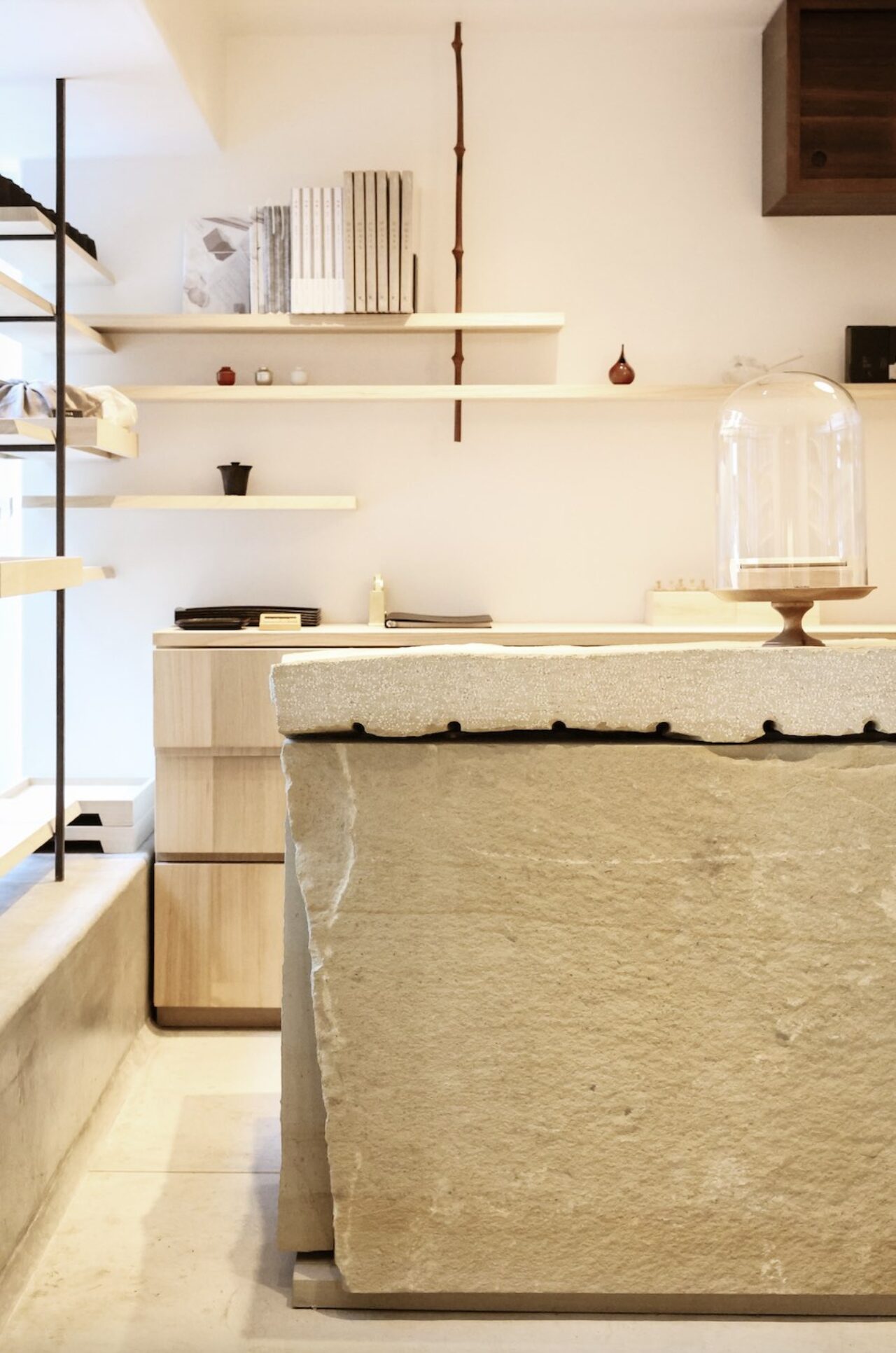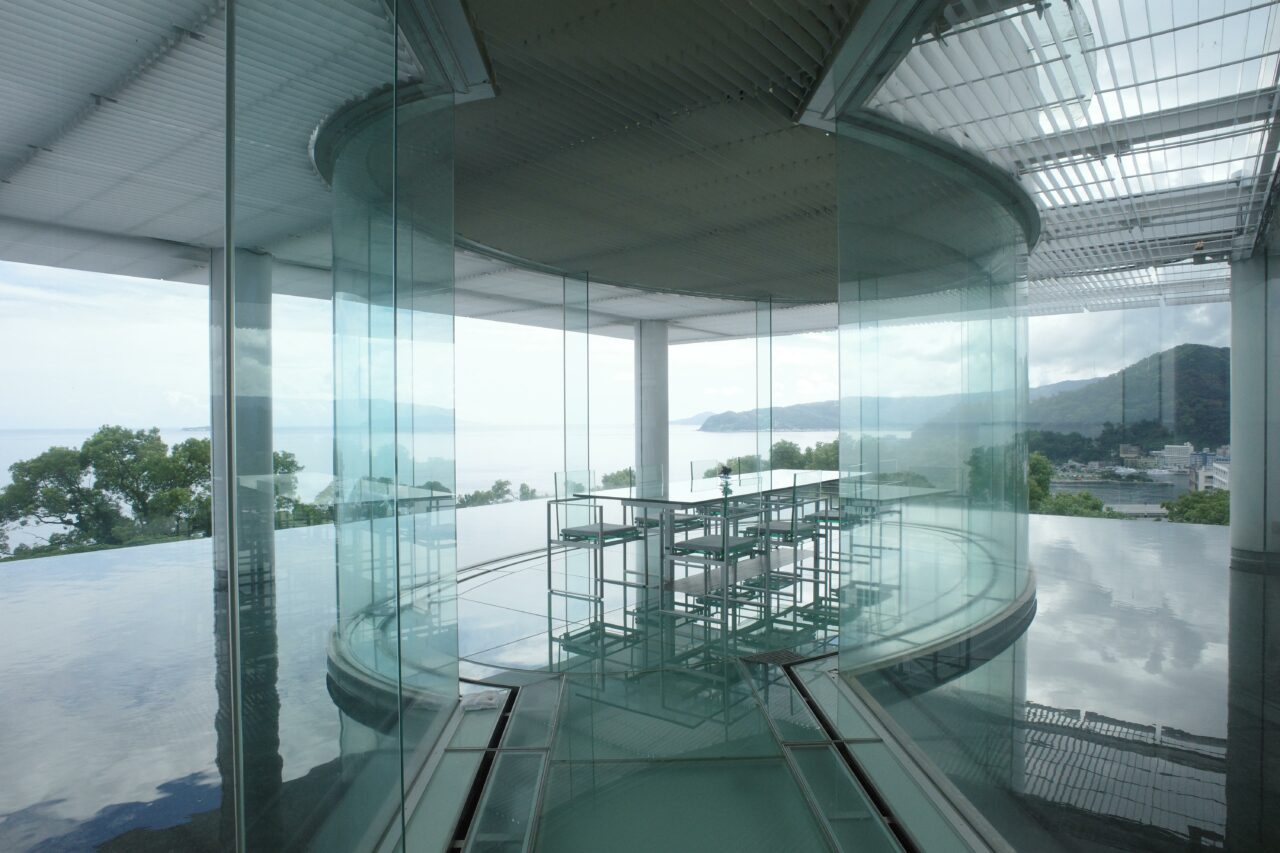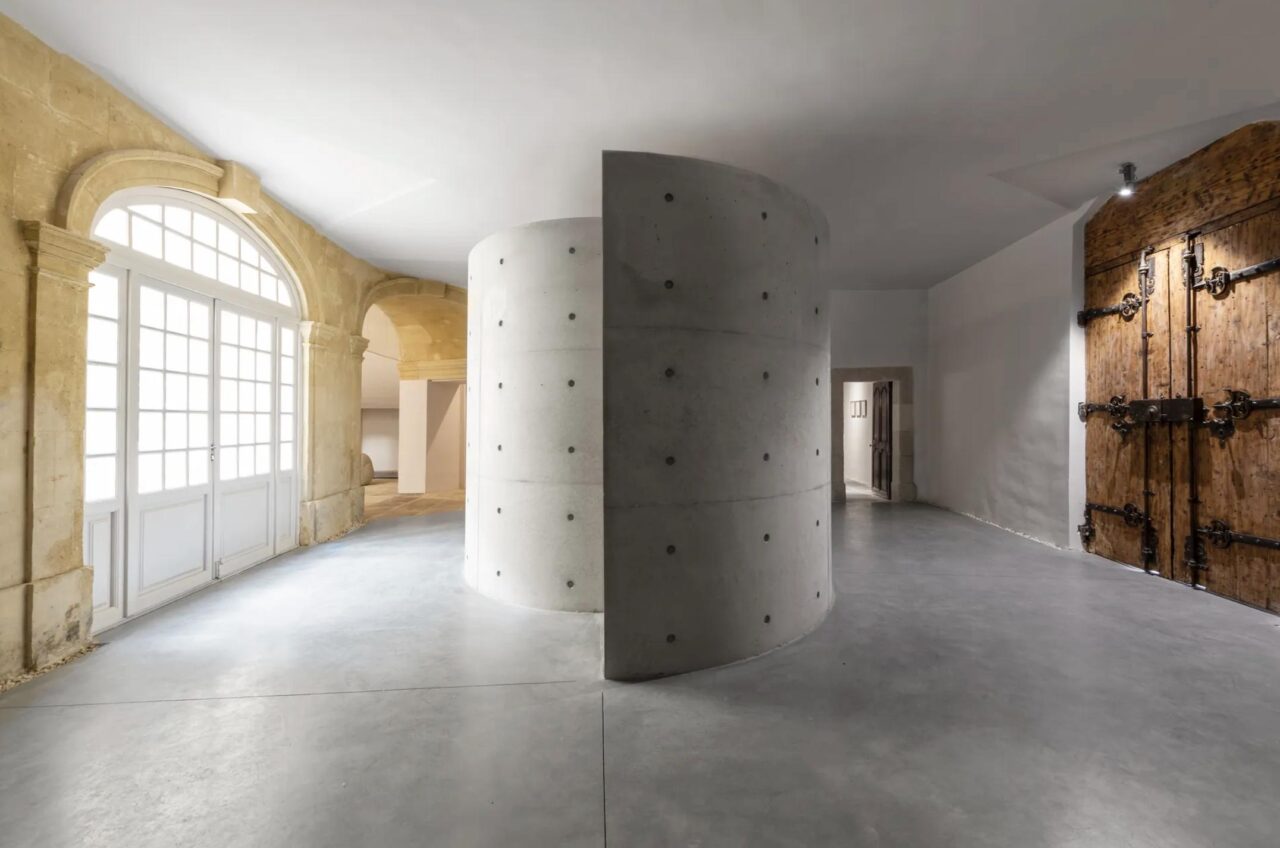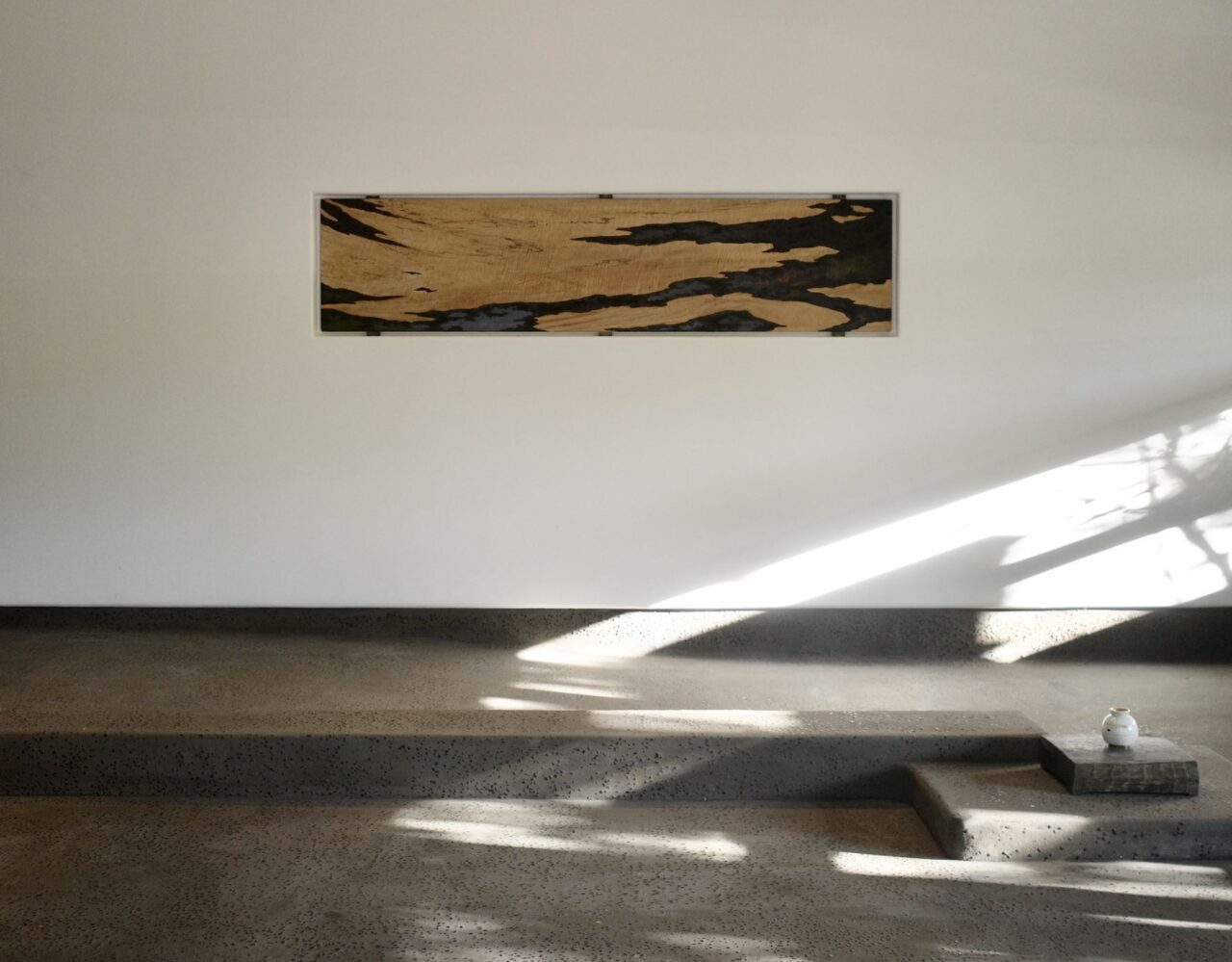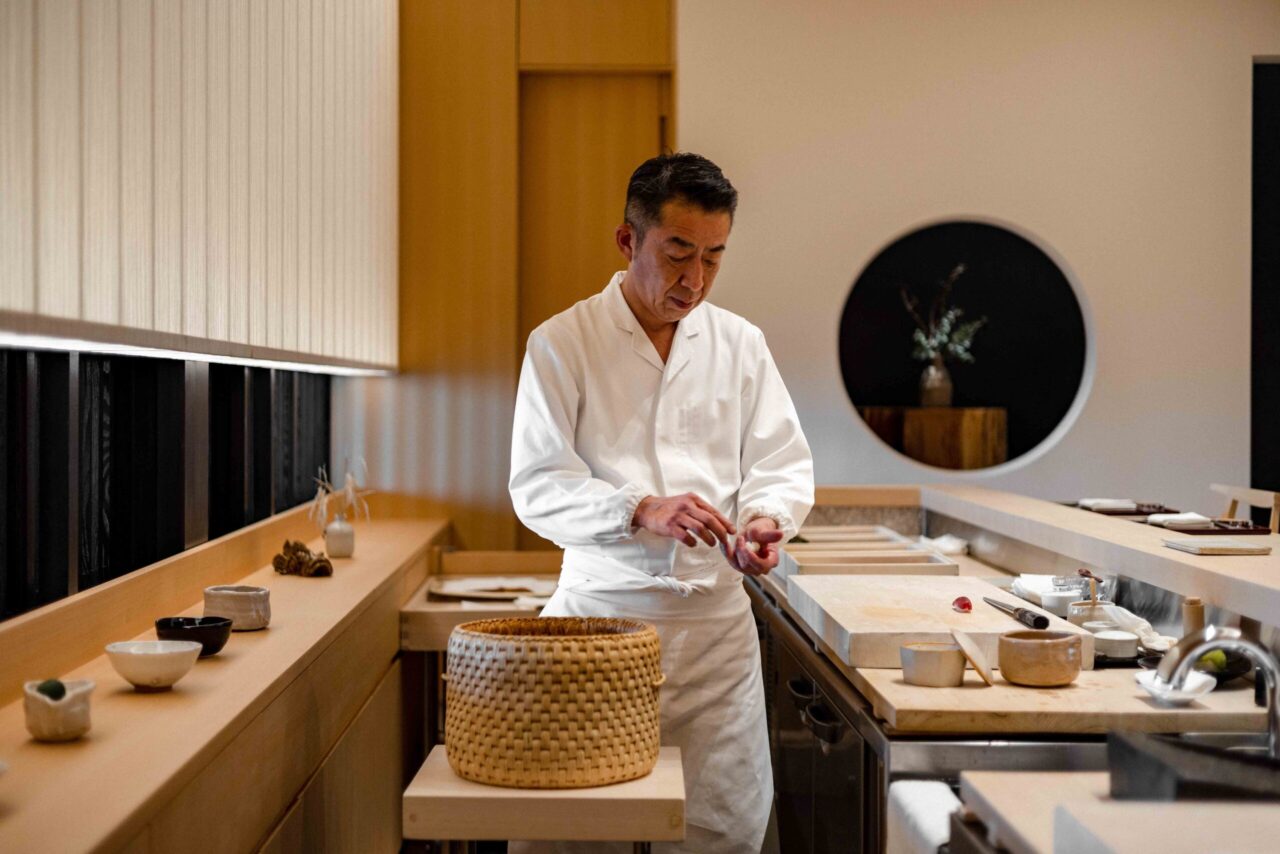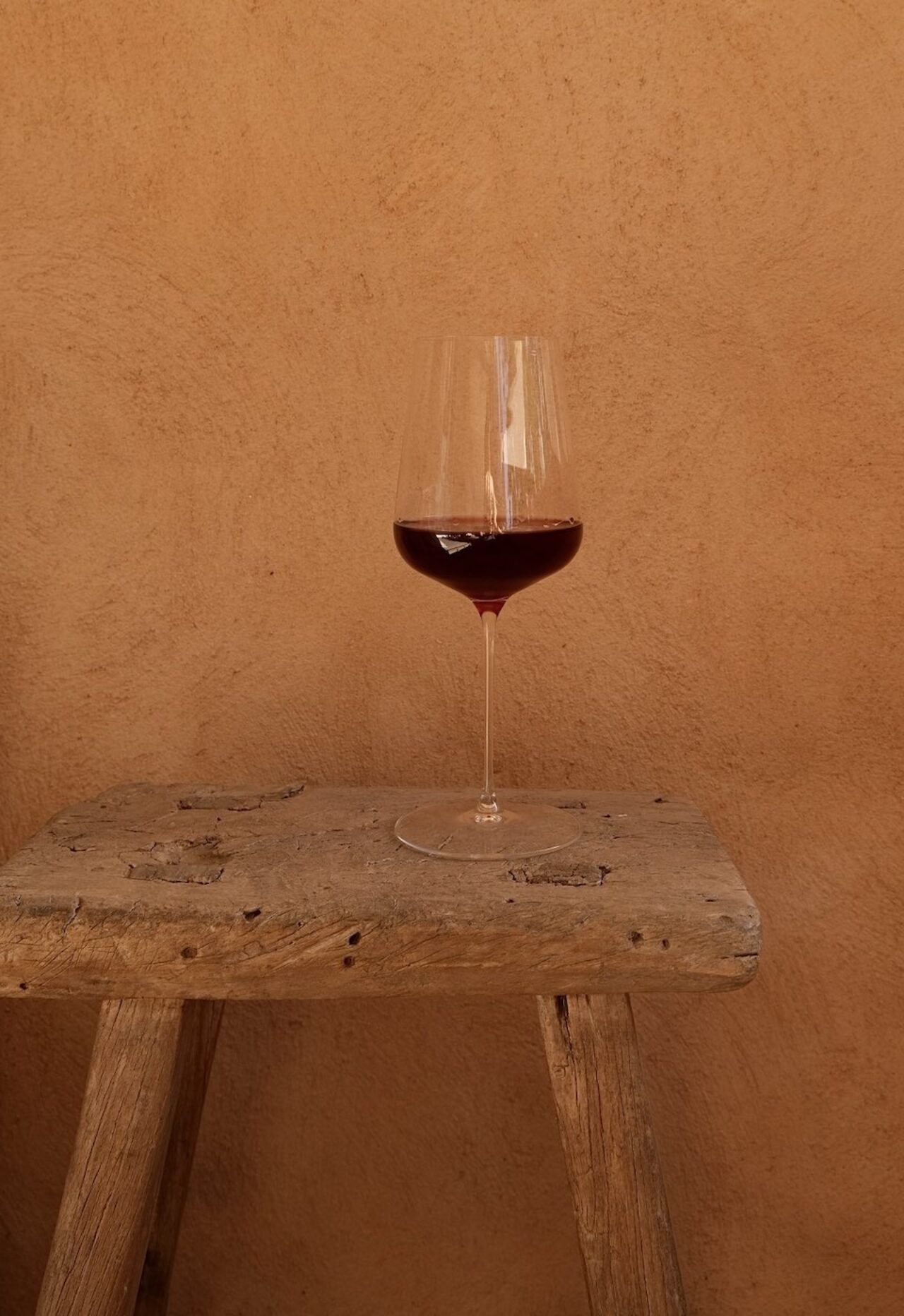A Living Museum Highlighting The Spirit of Mingei
Step Inside The Late Potter Kawai Kanjirō's House
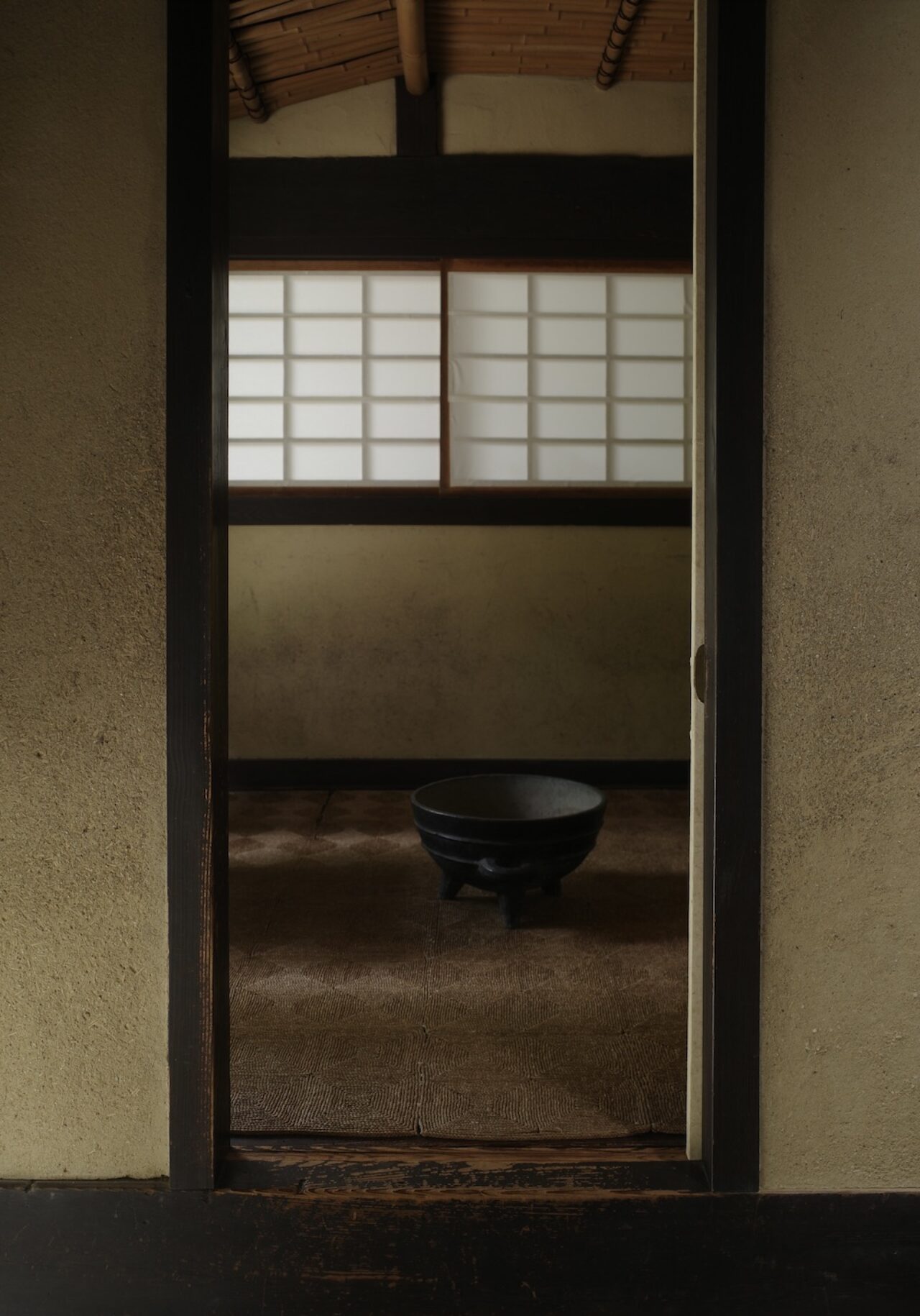
Located in a quiet area of Kyoto tucked down small side streets and local life near Kiyomizu-dera, Kawai Kanjirō’s House has remained here since the 1930s when the artist and potter first built it as his home and studio.
Kawai Kanjirō (河井寛次郎 1890-1966), a renowned potter, poet, and key figure of the Mingei Folk Craft movement, has influenced many – both in Japan and abroad – with his works and philosophy on life. The Mingei movement celebrates the unknown craftsperson and emphasized traditional folk crafts, cultures, and values on a whole. Kawai’s house presents a glimpse into the artist’s philosophy of simplicity, craftsmanship, and the beauty of everyday objects.
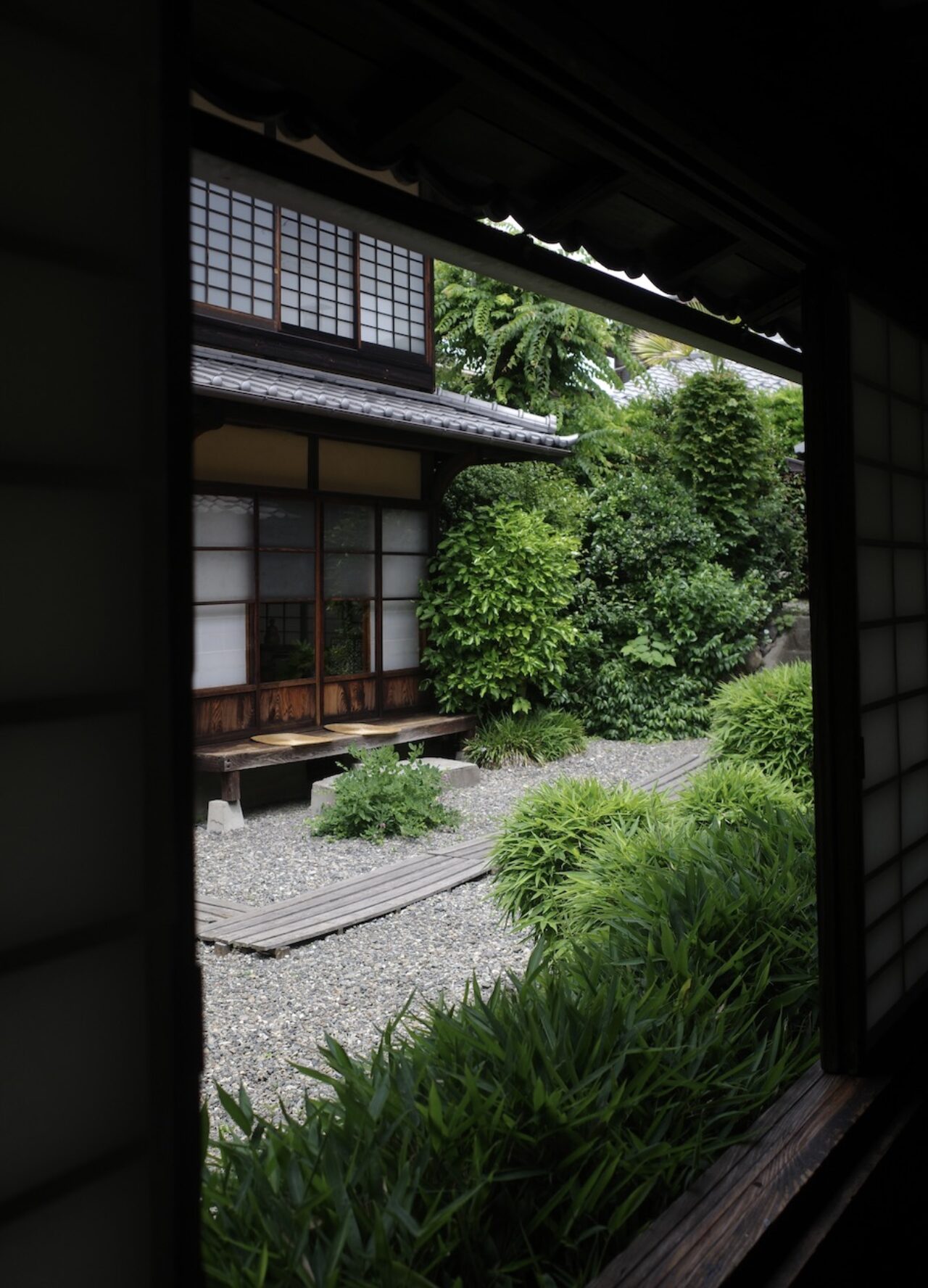
The house has been built in a traditional Japanese style (part Machiya townhouse and part country home) with wooden beams, shoji screens and an open hearth, creating a warm and inviting atmosphere.
Every corner reflects Kawai’s deep appreciation for handmade artistry, from the rustic furniture to the countless ceramic pieces scattered throughout the space. His massive climbing kiln, preserved in the courtyard, stands as a testament to his lifelong dedication to the art of pottery.
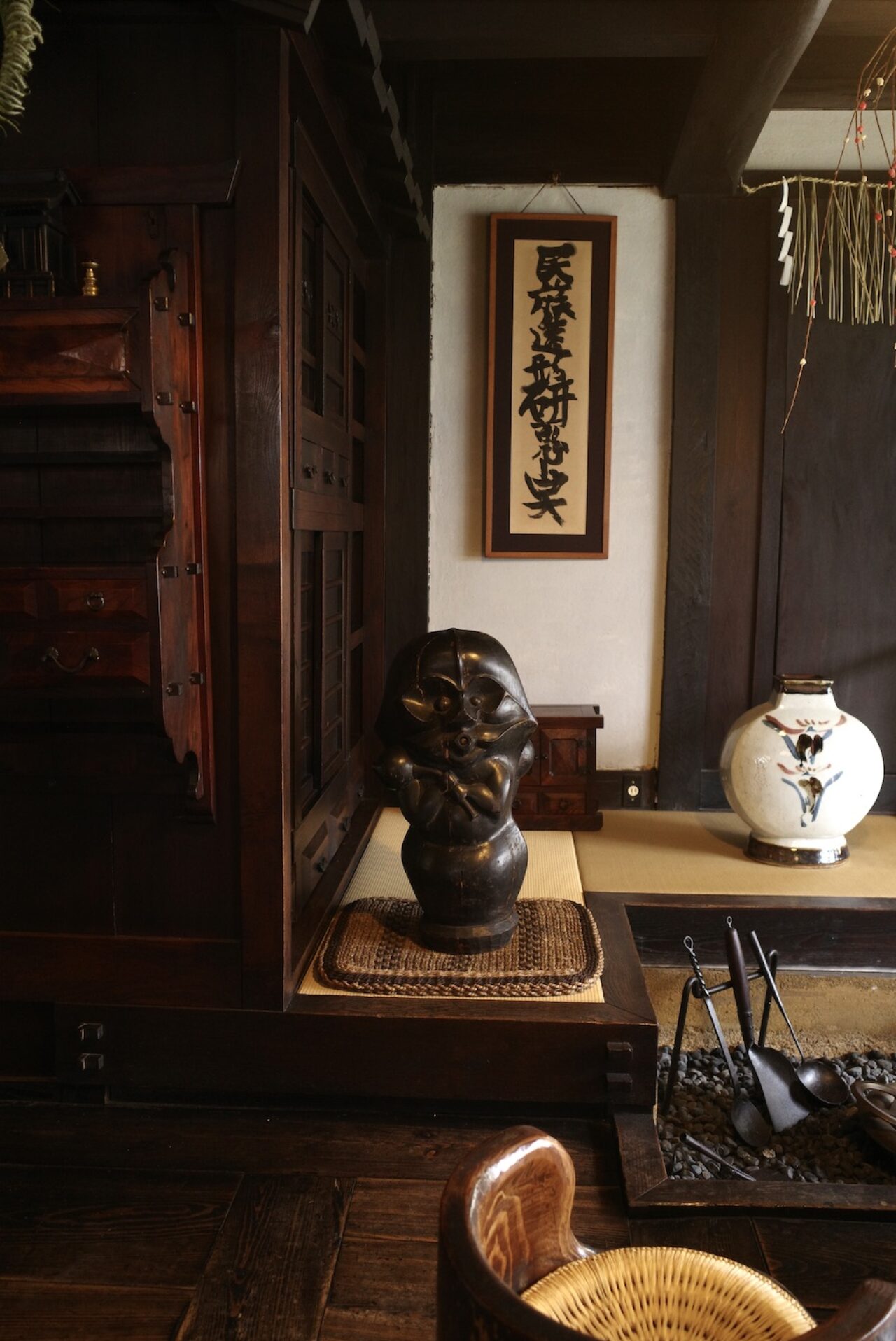
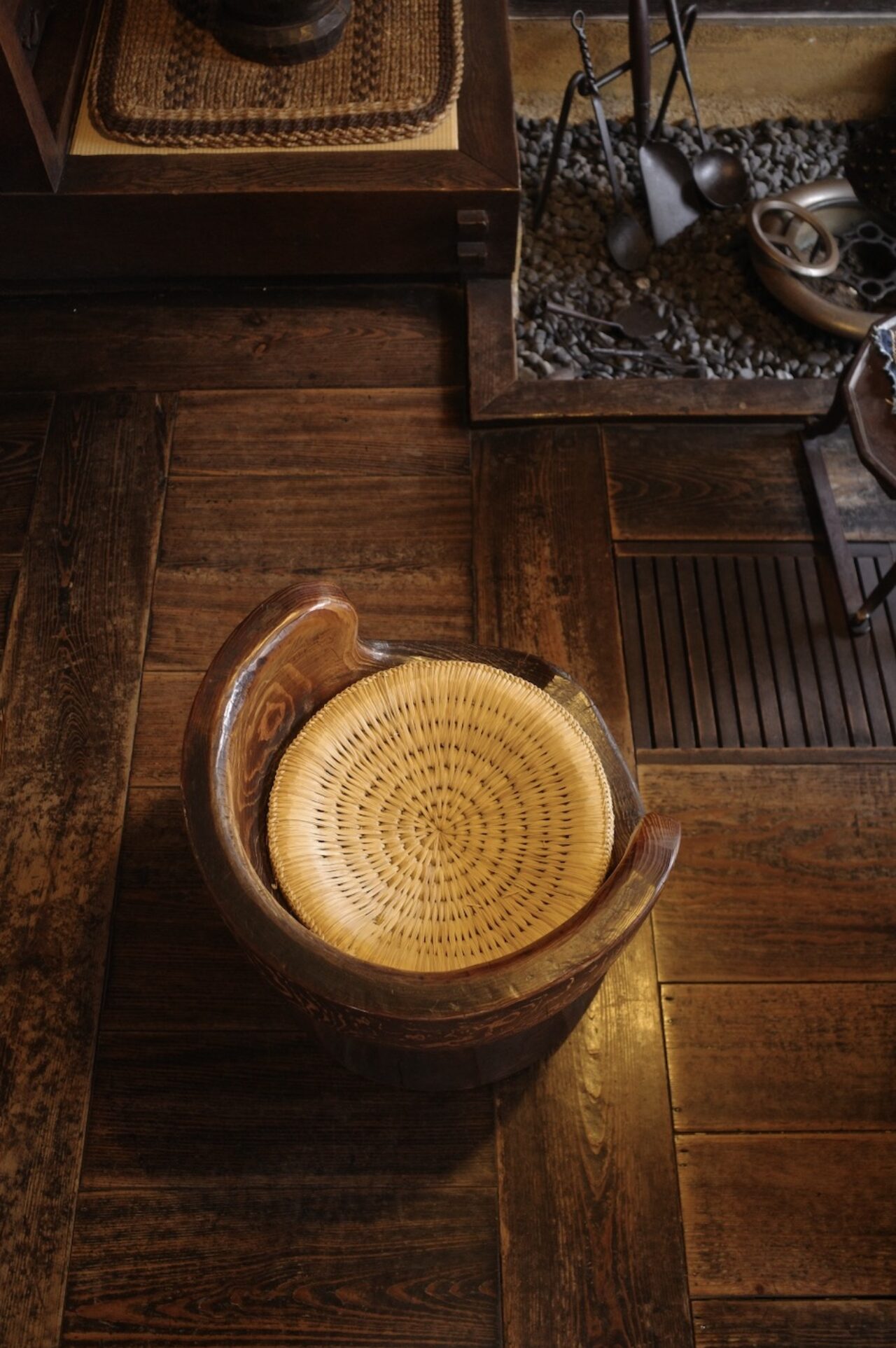
Kawai’s grand-daughter Sagi Tamae turned the house into a museum after his death, now open for many to experience first-hand his life’s work from furniture to finished pottery. Kawai was a prolific potter, refining his ever-changing style of experimentation and originality, always. The many objects he collected are displayed alongside his own experimental pottery.
Trained technically in ceramics, Kawai would experiment with new glazes and styles always looking for originality of expression. He also worked in the master-apprenticeship model in which students worked alongside the master to learn both techniques and cultural values side by side, watching and observing to learn firsthand.
The two wood-fire kilns at the house are a wonder to experience in themselves, one for unglazed works and the other titled “SHOKEI-YO” by Kawai and used as a co-op by about 20 groups.
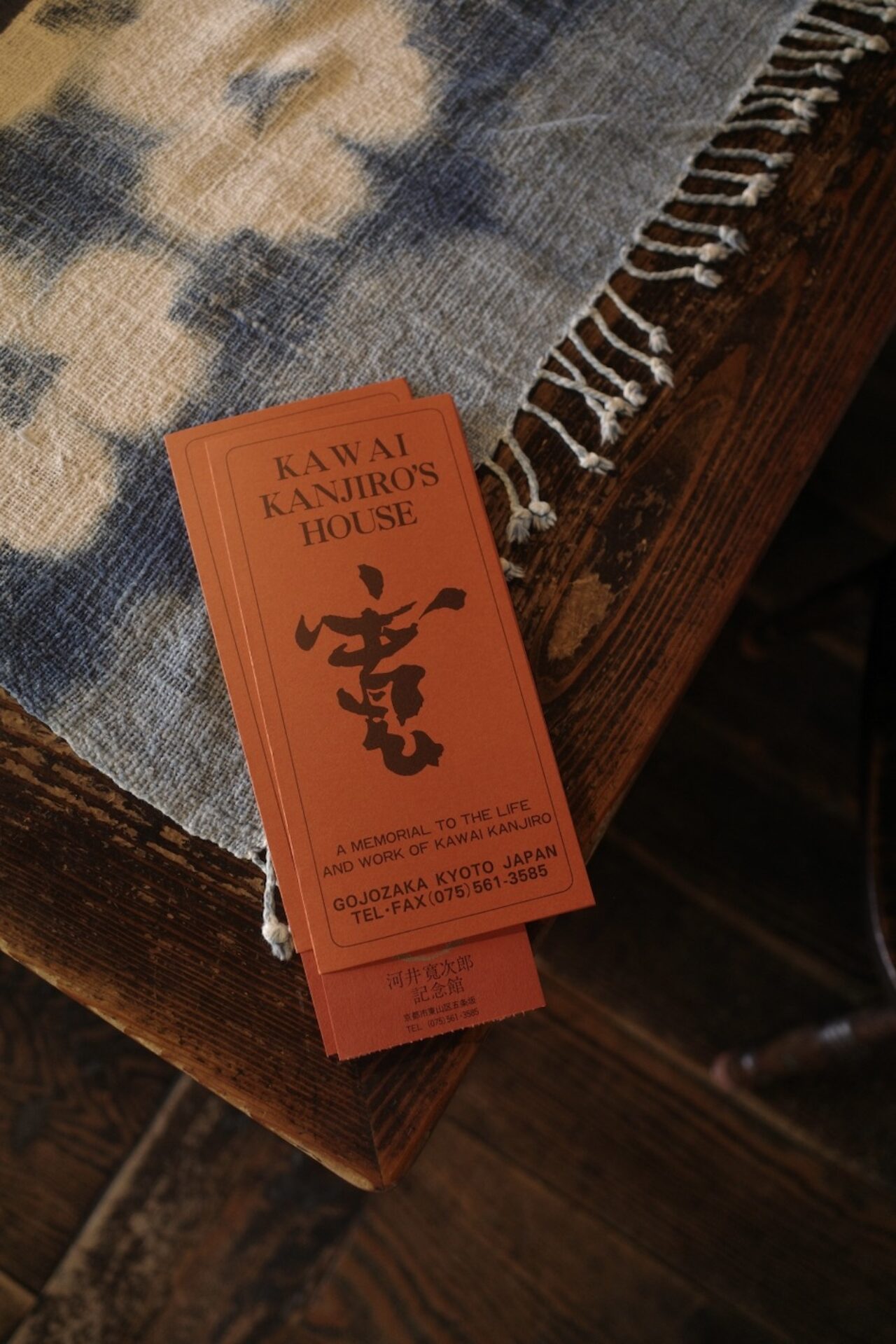
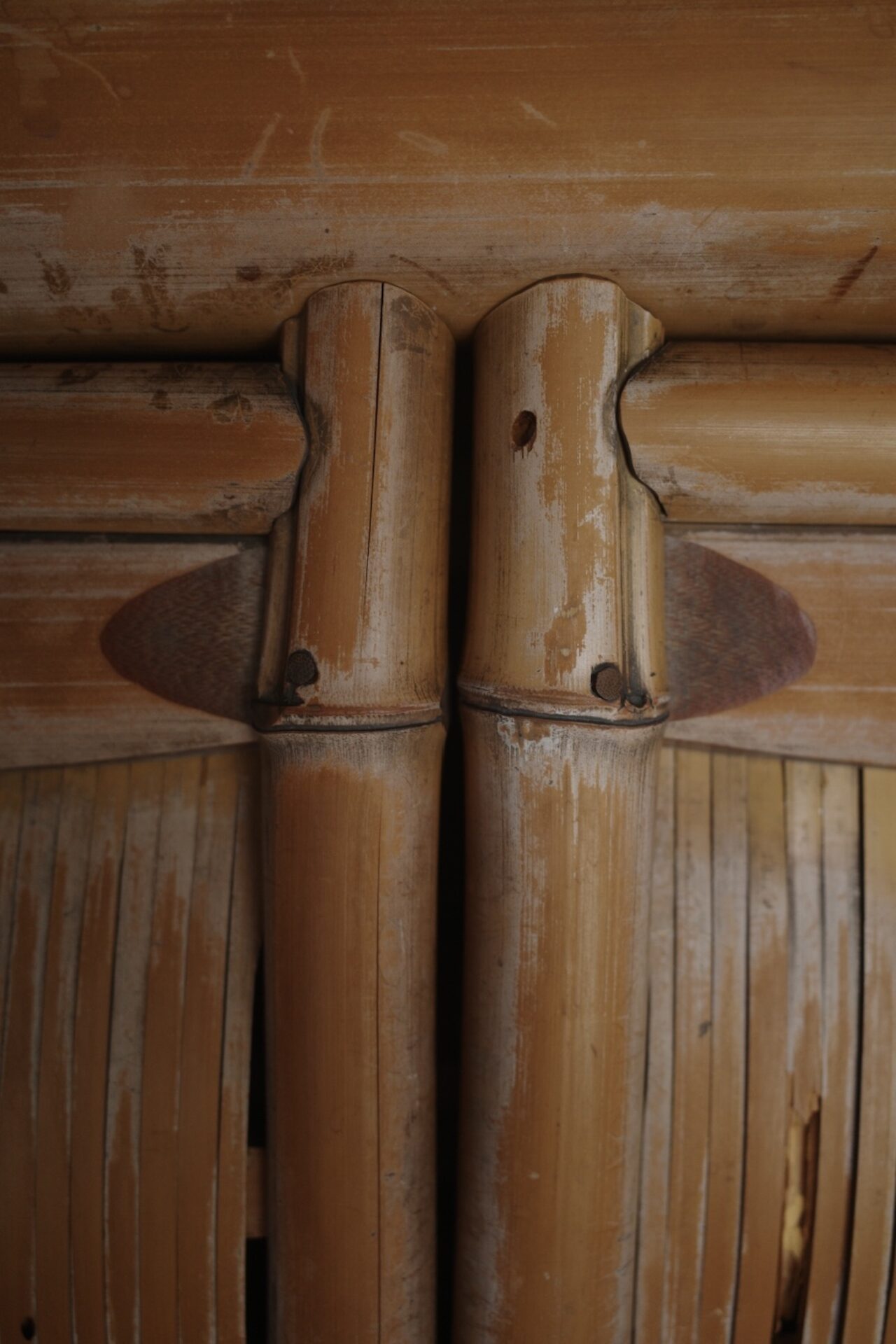
“When you become so absorbed in your work that beauty flows naturally, then your work truly becomes a work of art. Everything that is, is not. Everything is, yet at the same time, nothing is. I myself am the emptiest of all.”
– Kanjiro Kawai
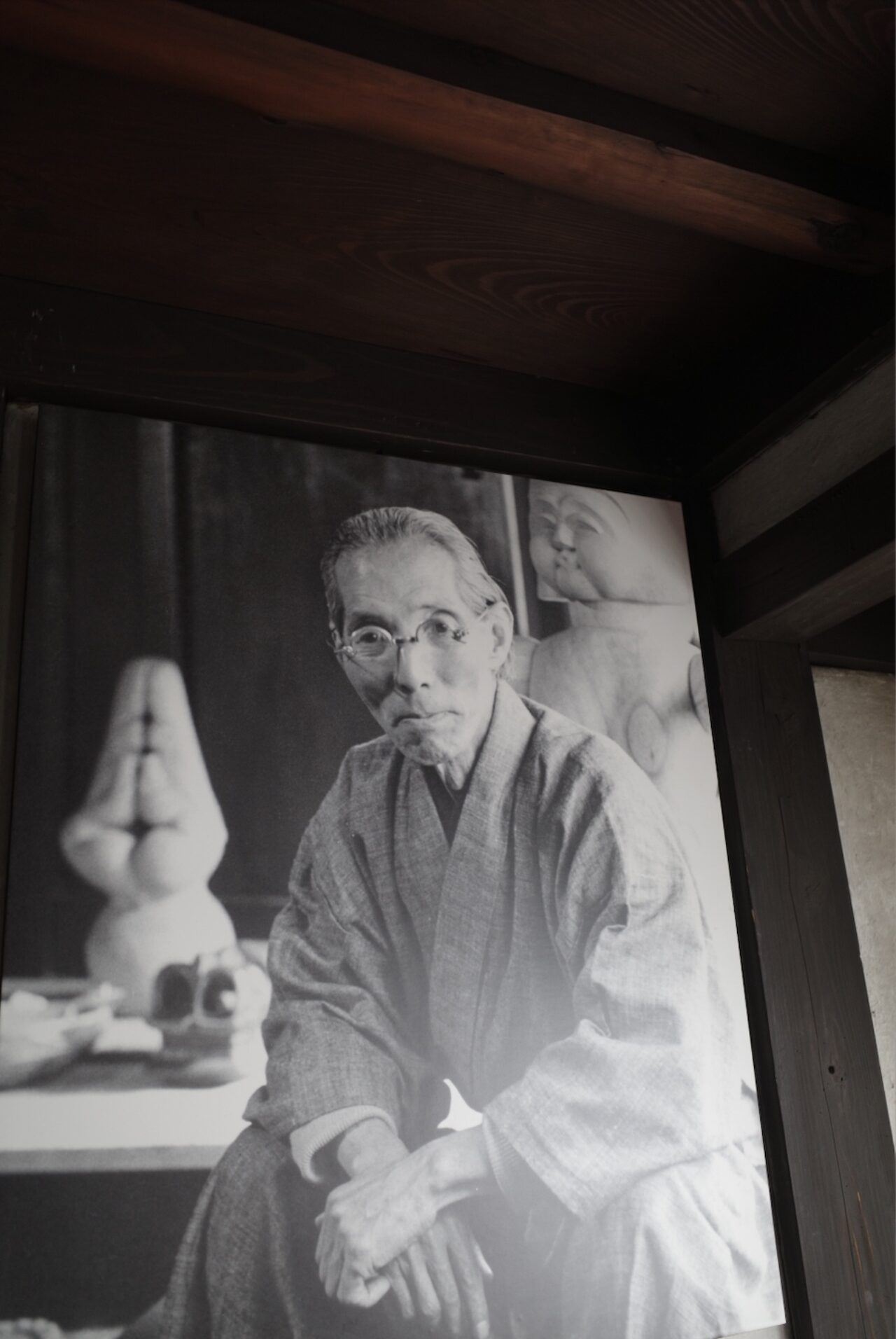
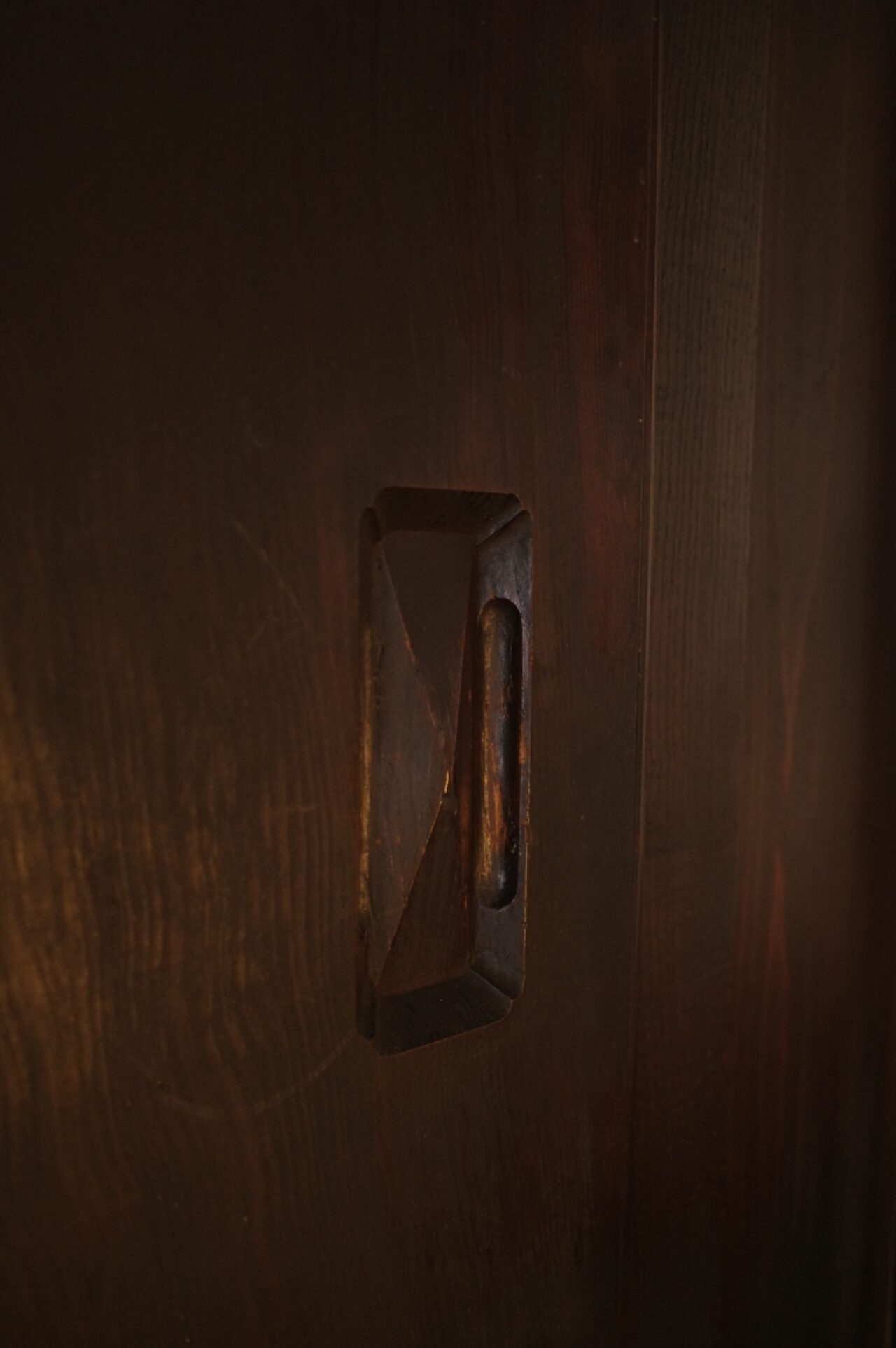
Not just a museum, Kawai Kanjirō’s House feels like a living, breathing embodiment of his creative spirit. It presents the beauty in the every day as Kawai saw the world around him, left exactly as it was when Kanjiro lived in it with his children and grandchildren.
Visitors to the house can wander freely around the two-floor house, outdoor areas of garden and kiln, experiencing the place as it once was used. The beautifully modest garden is lined with stone pathways and decorated with ceramic sculptures in addition to the crafts he collected from artists in Japan and overseas.
One of the most important places to visit in Kyoto because of its combination of architecture, design, art, pottery and handcraft combined, Kawai Kanjirō’s House inspires in more ways than one.
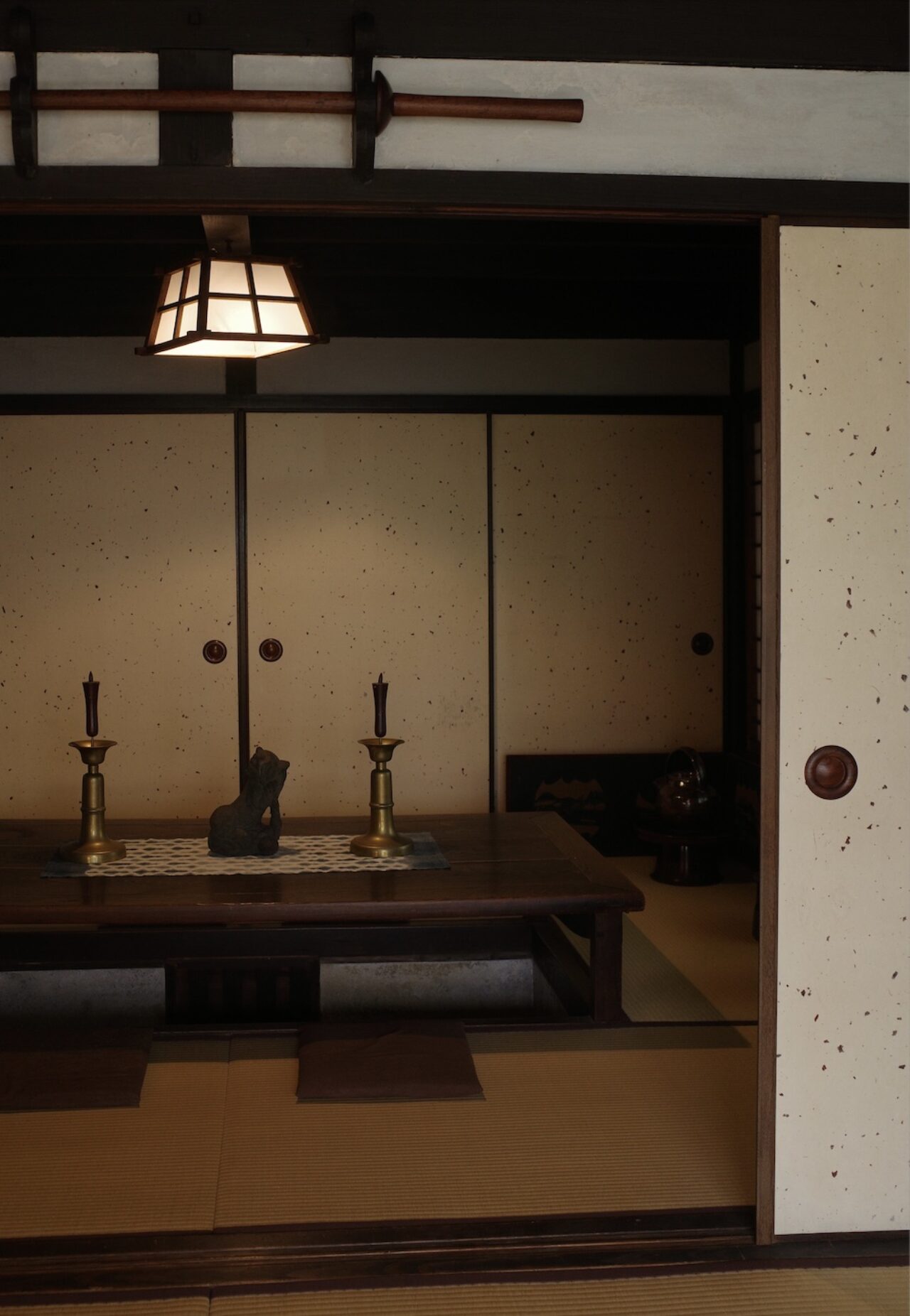
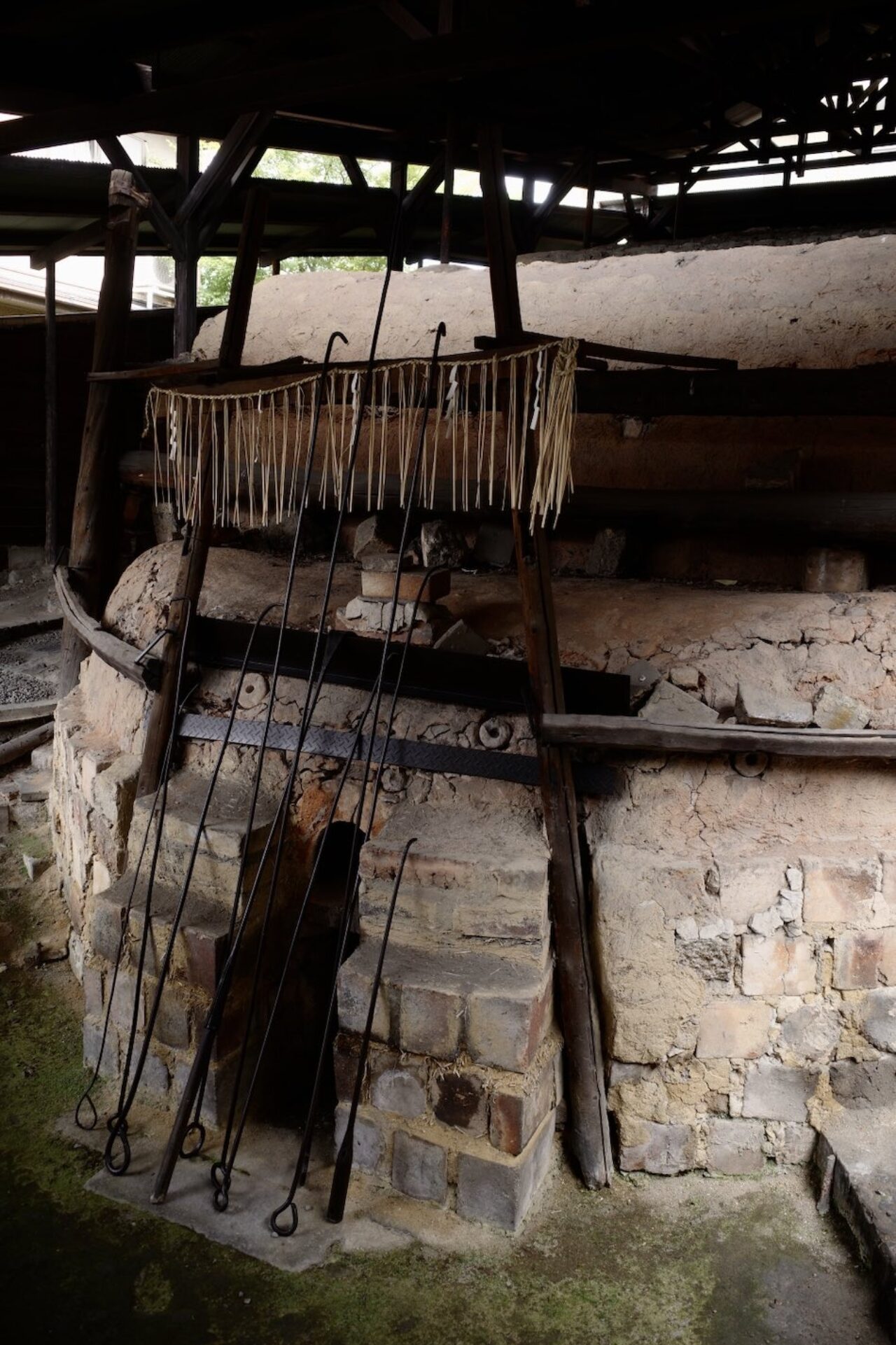
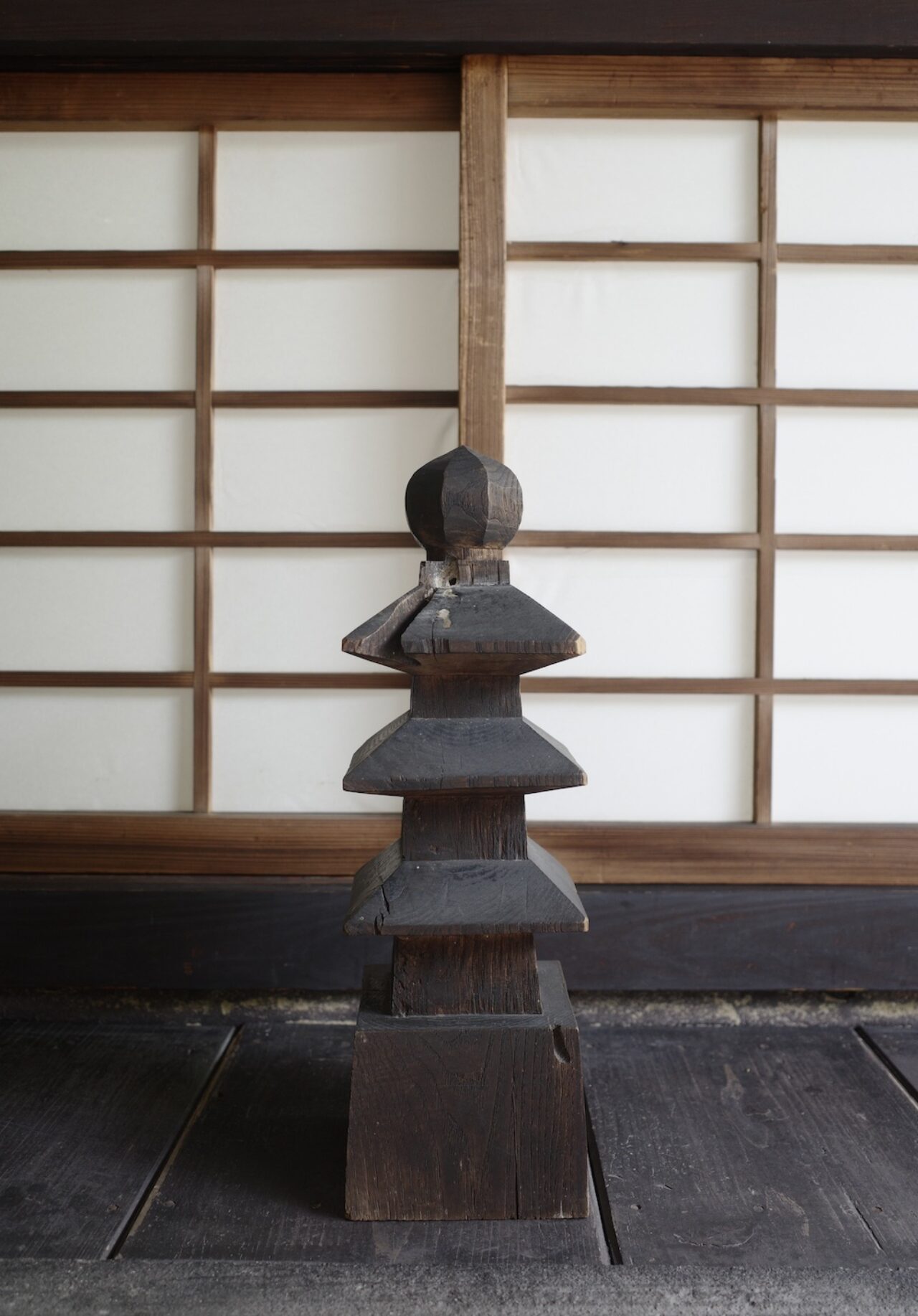
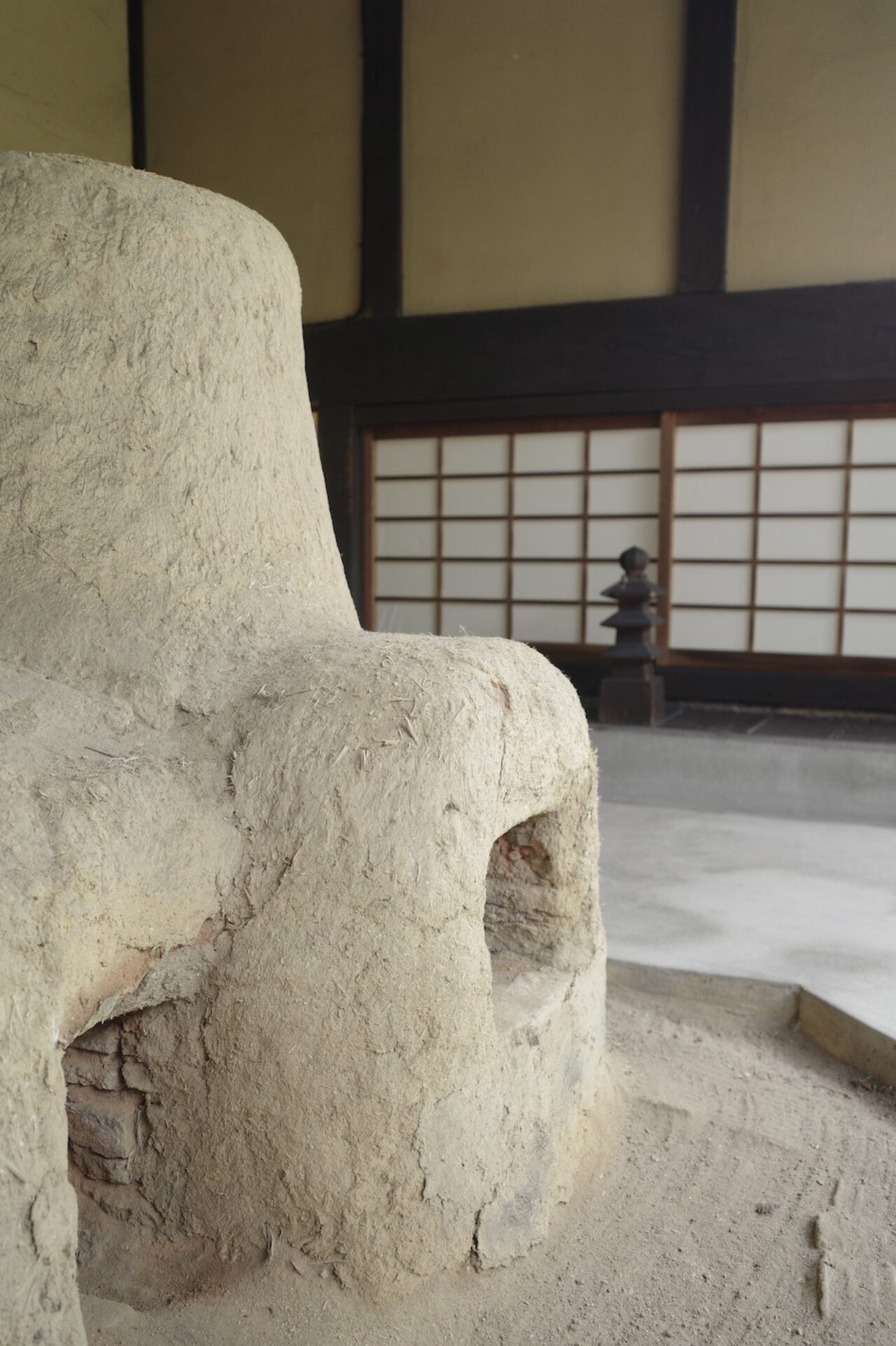
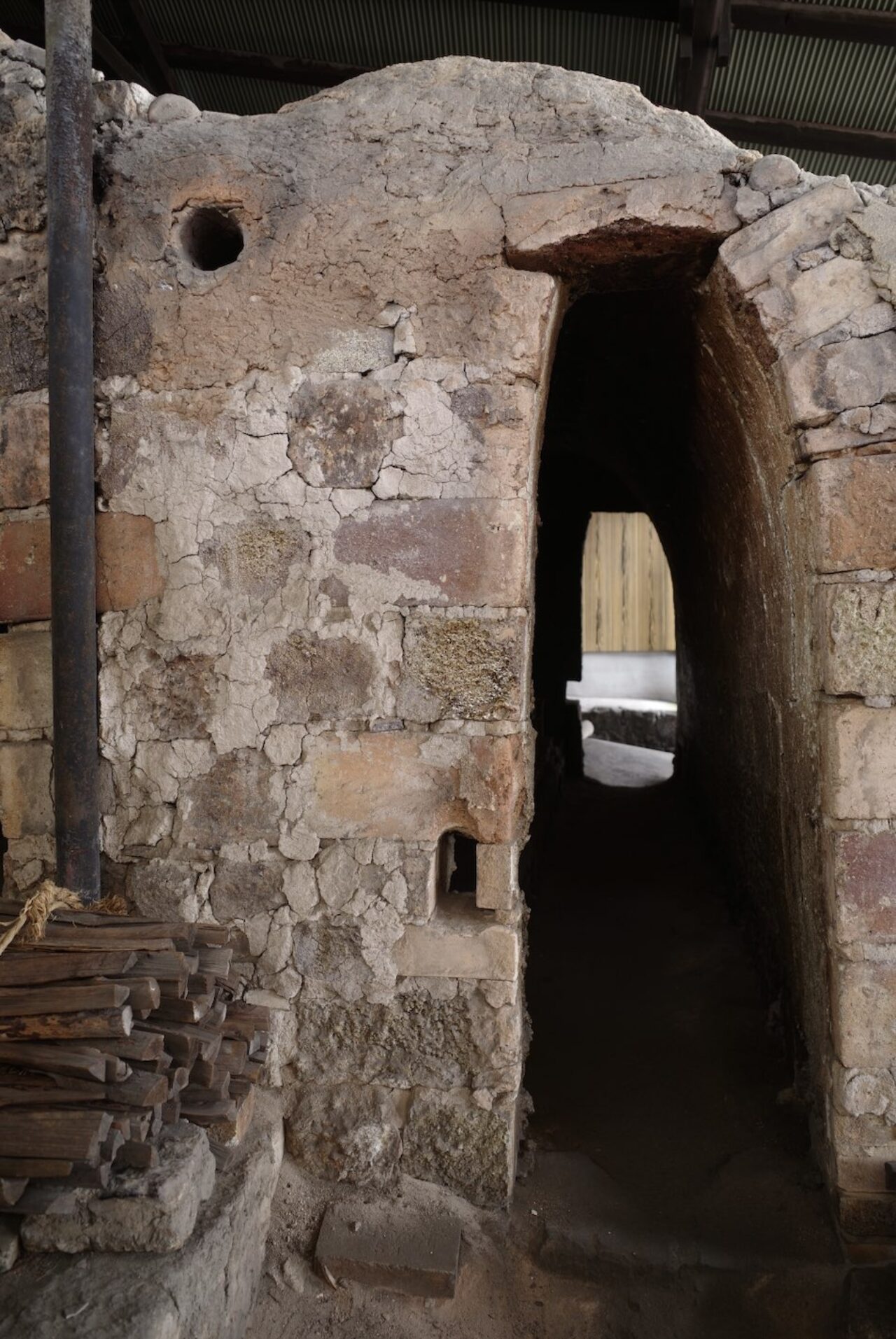
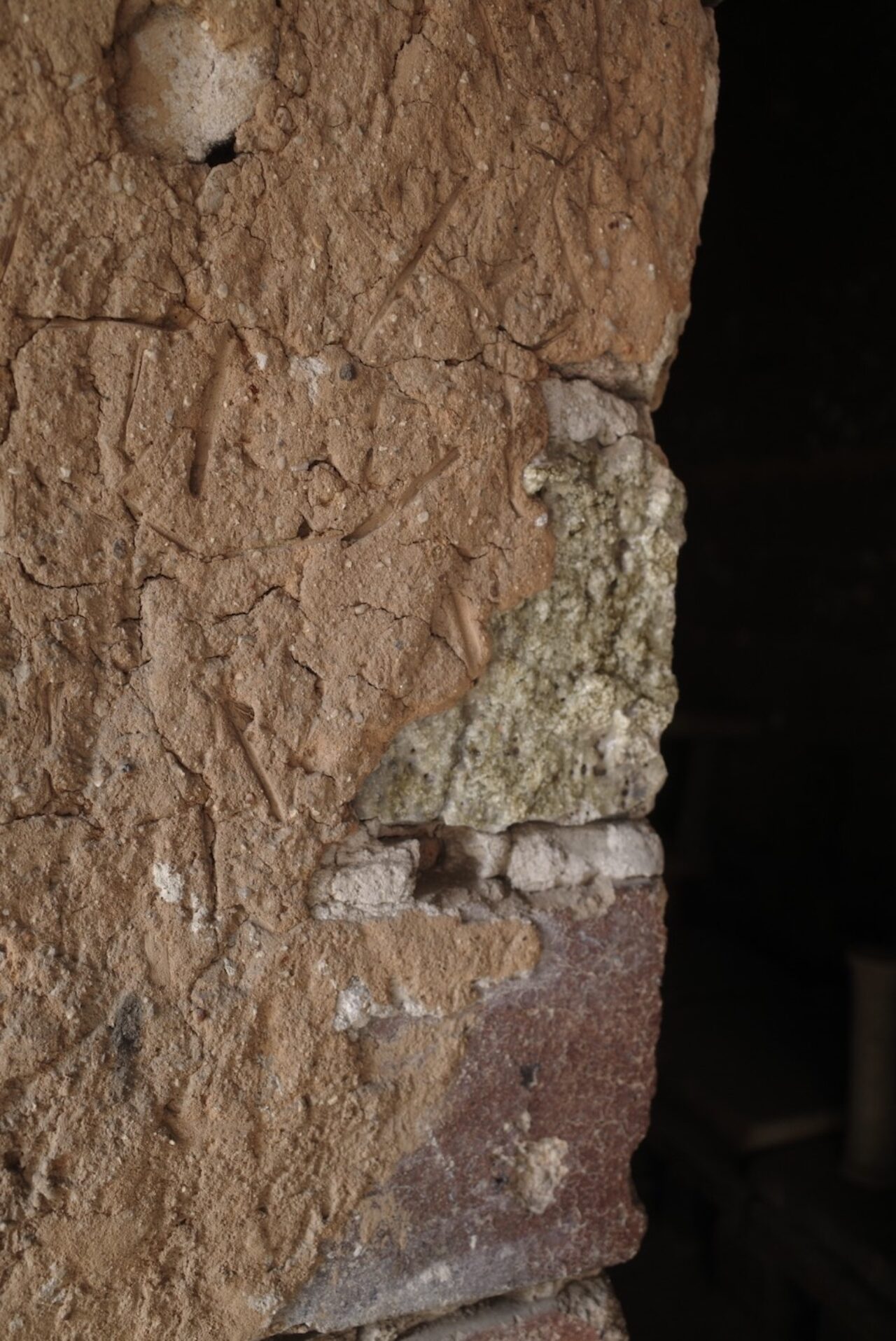
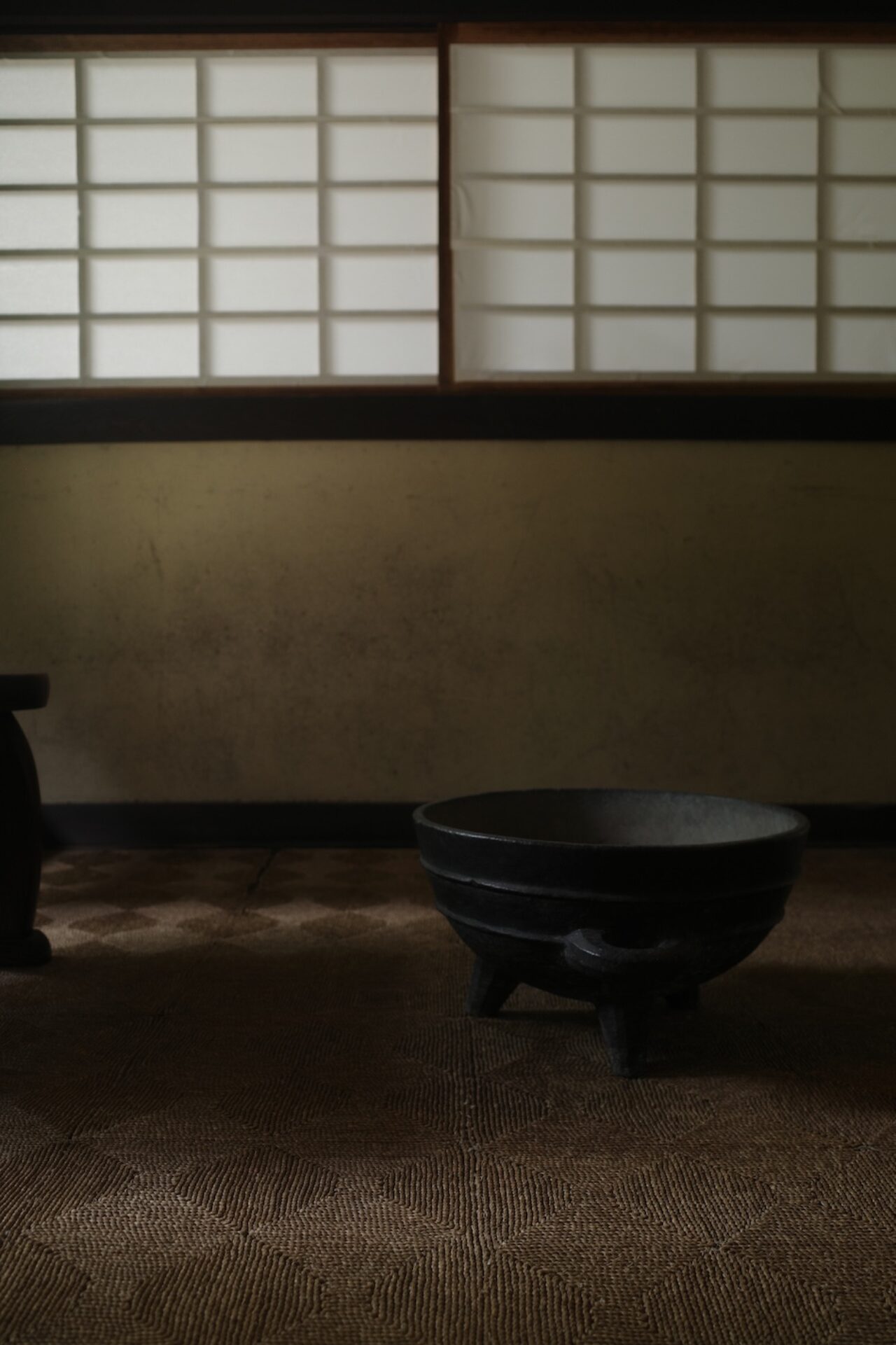
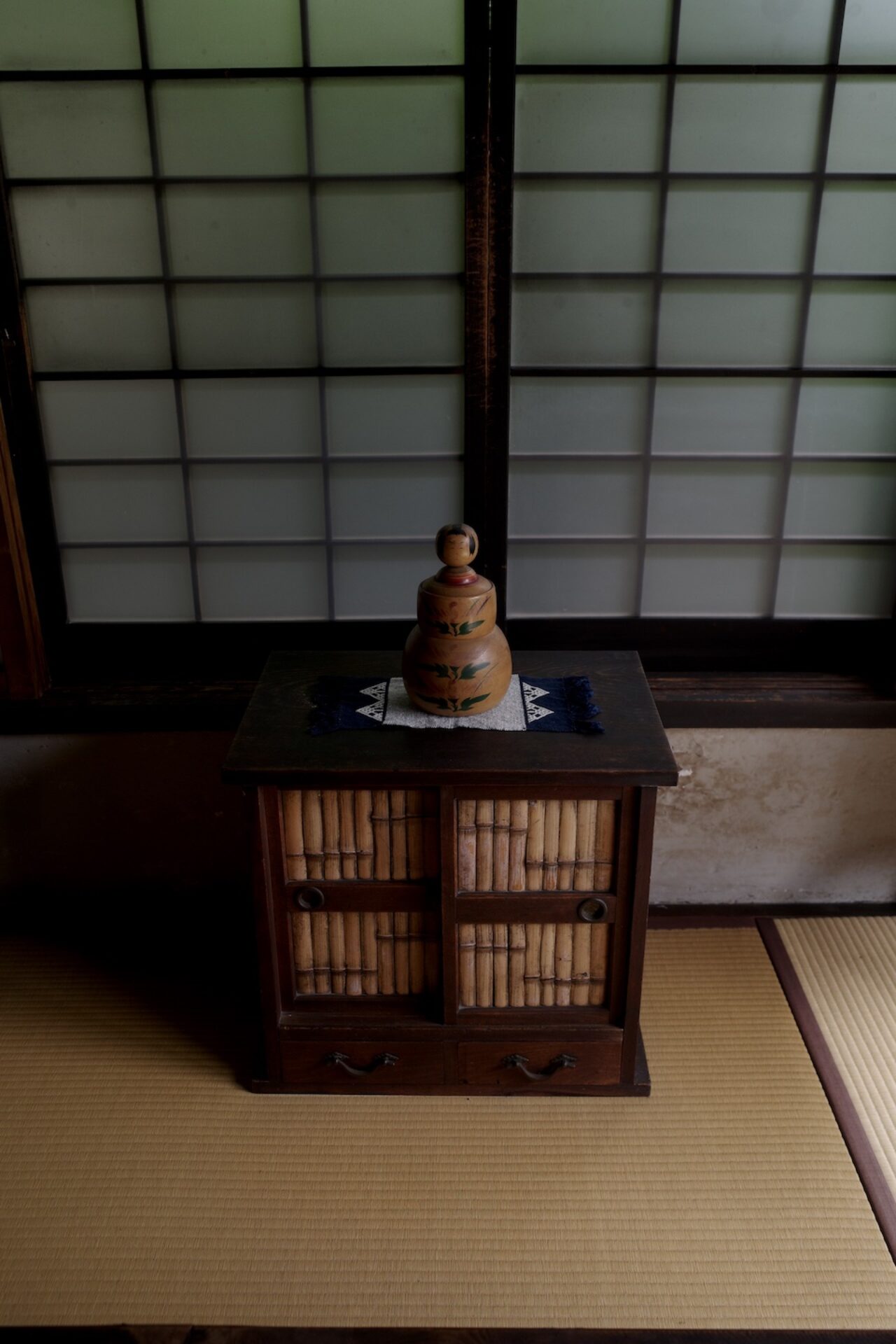
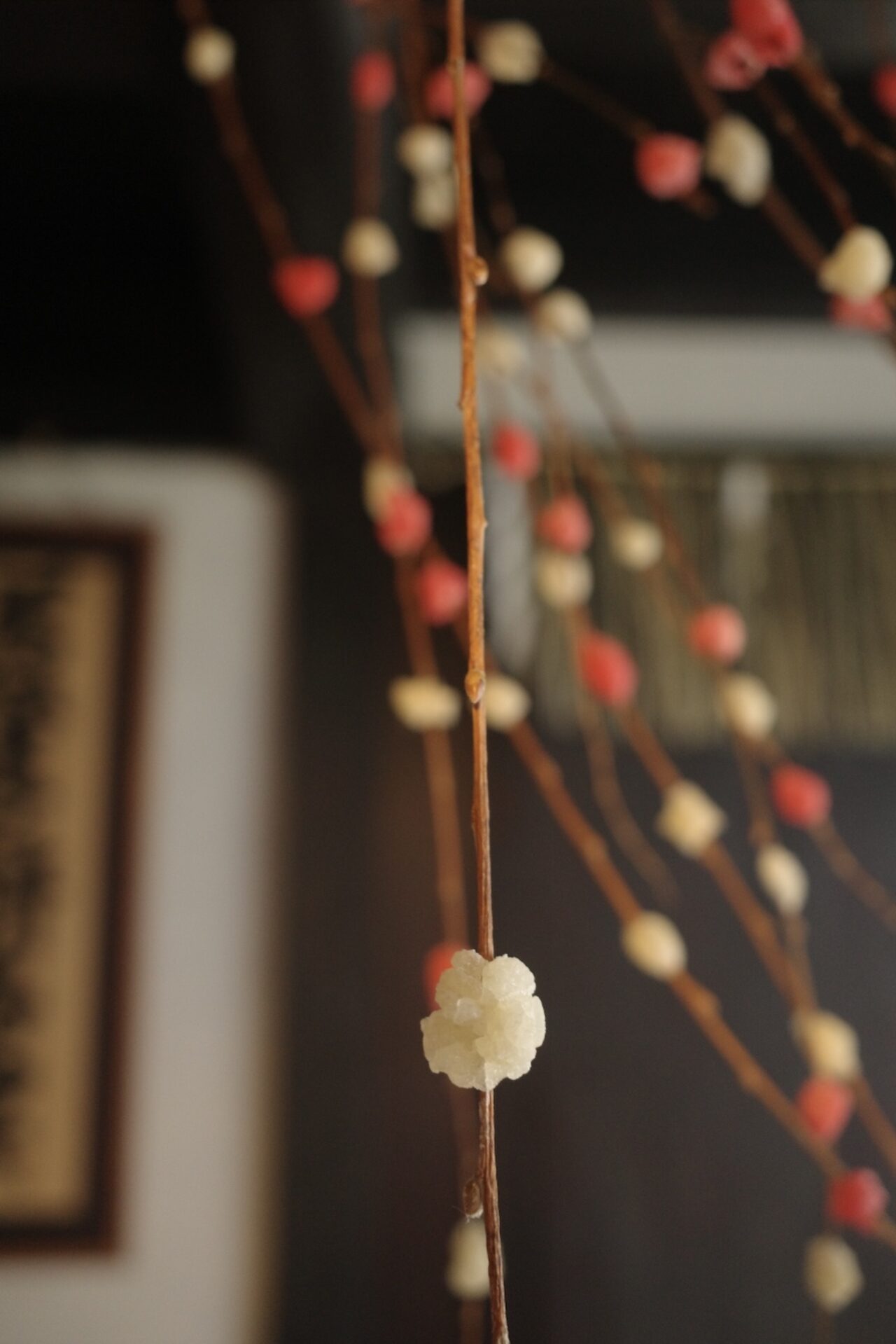
Kawai Kanjirō’s House
569 Kaneicho, Gojozaka, Higashiyama-Ku,
Higashiyama-Ku, Kyoto 605-0875 Kyoto Prefecture
For more design and travel destinations in Japan, click here.
Text: Editorial Director Monique Kawecki
Images: Champ Creative


